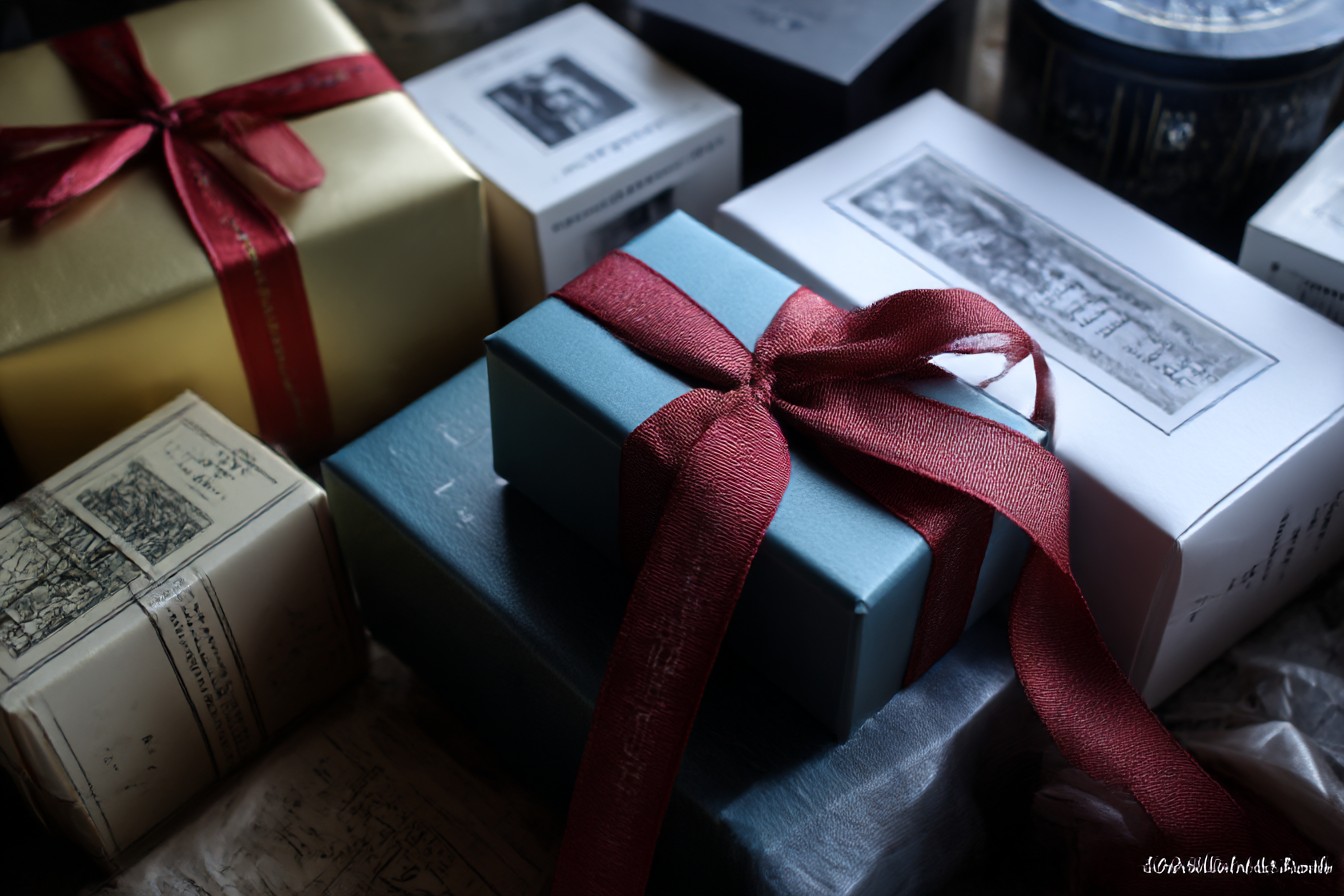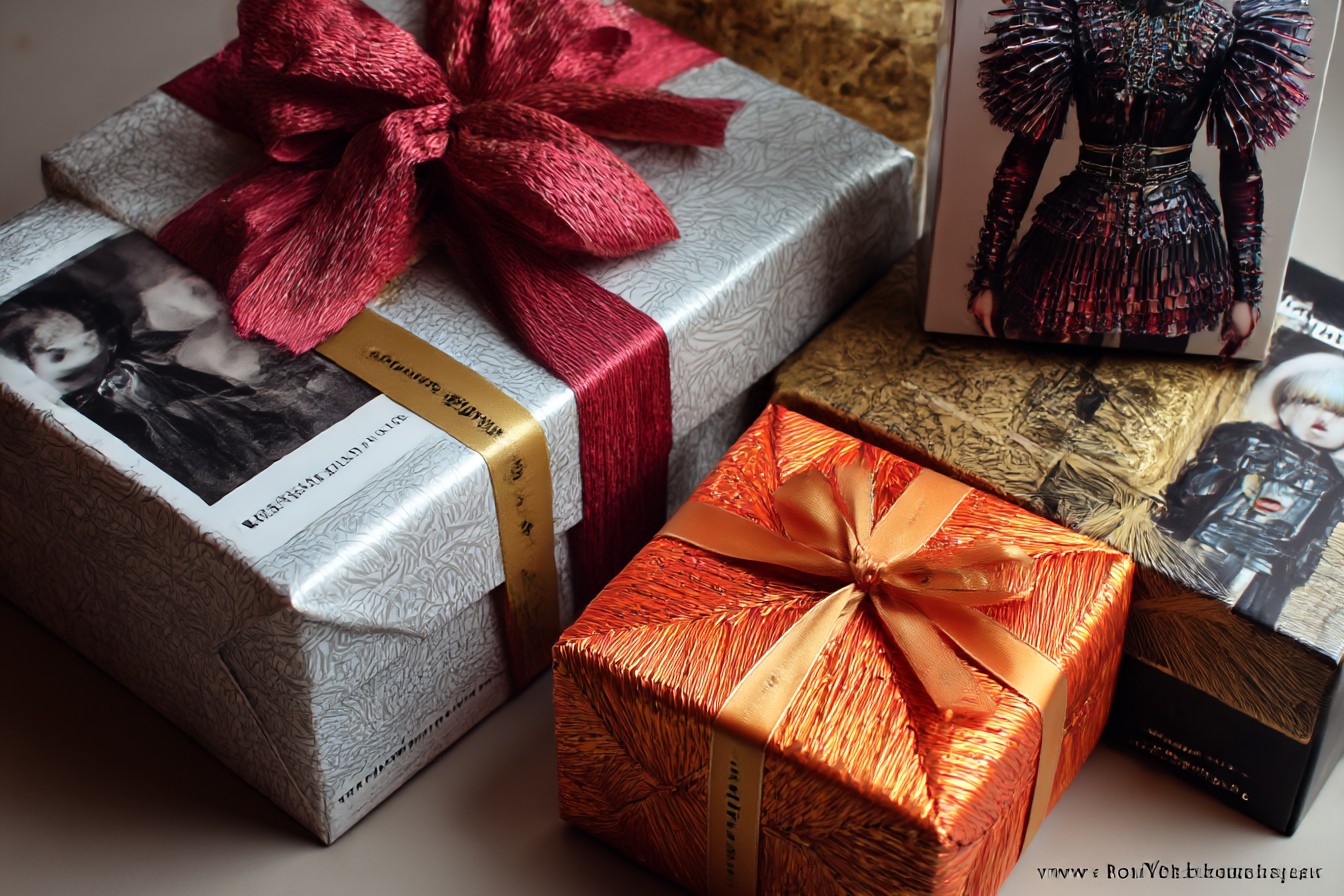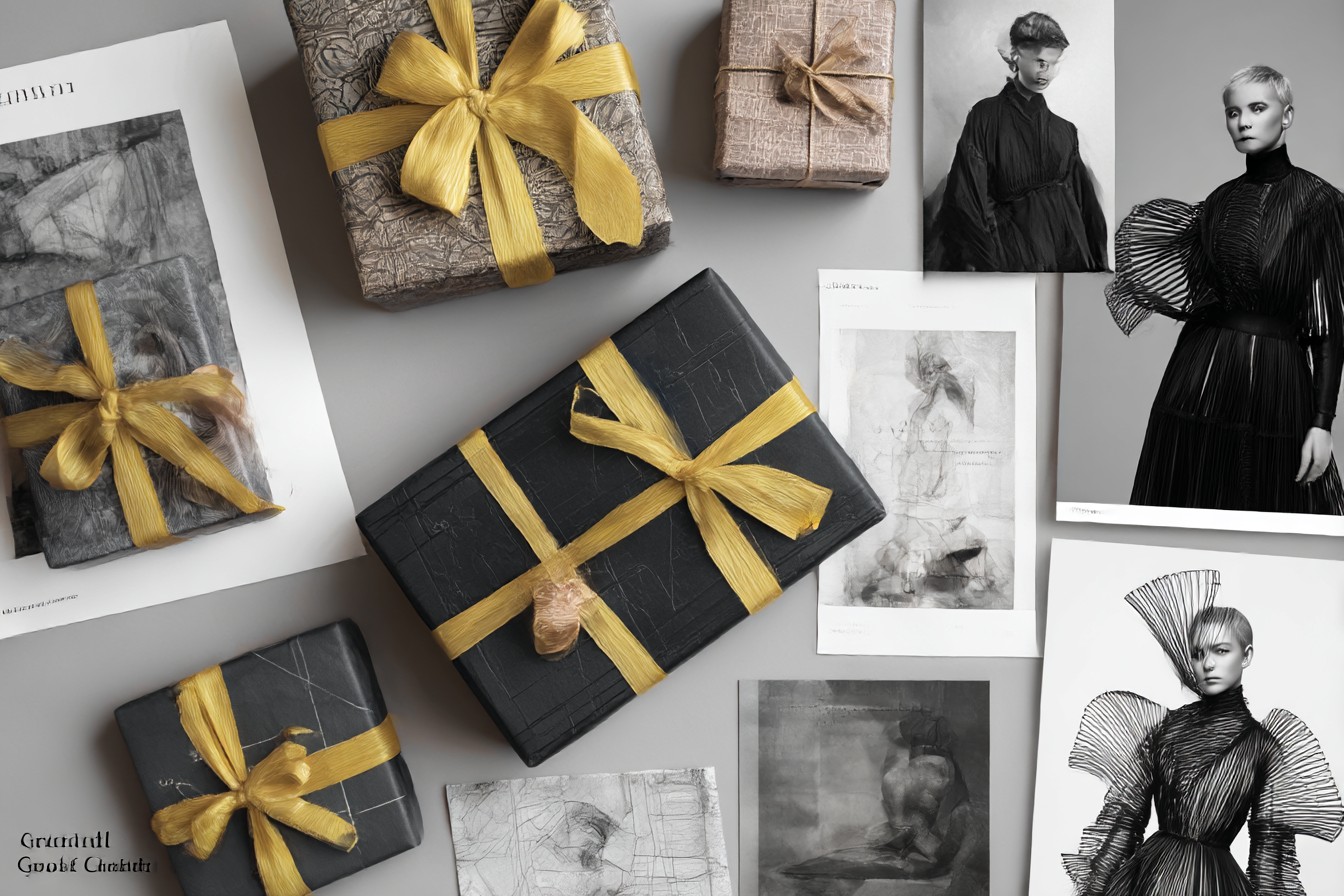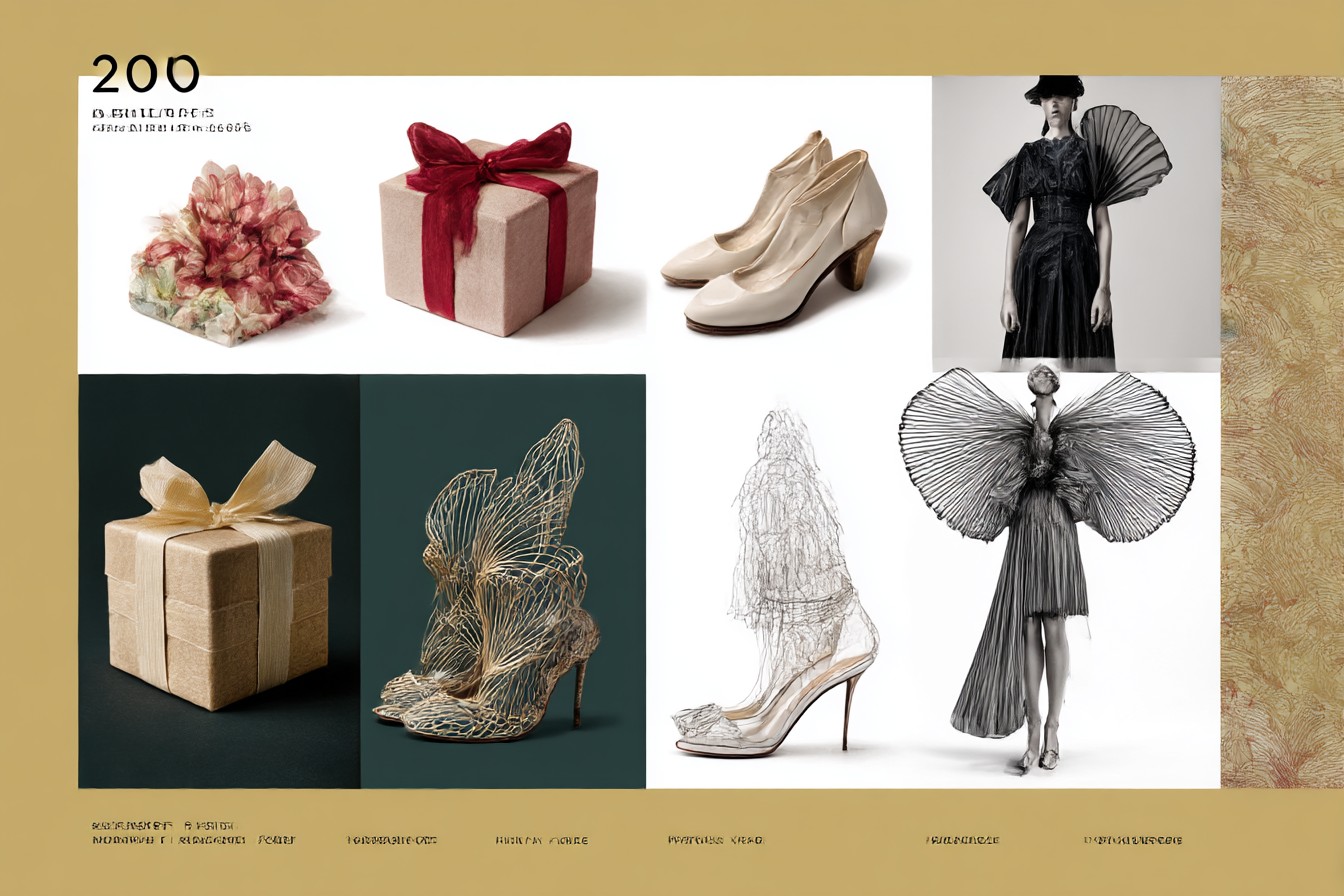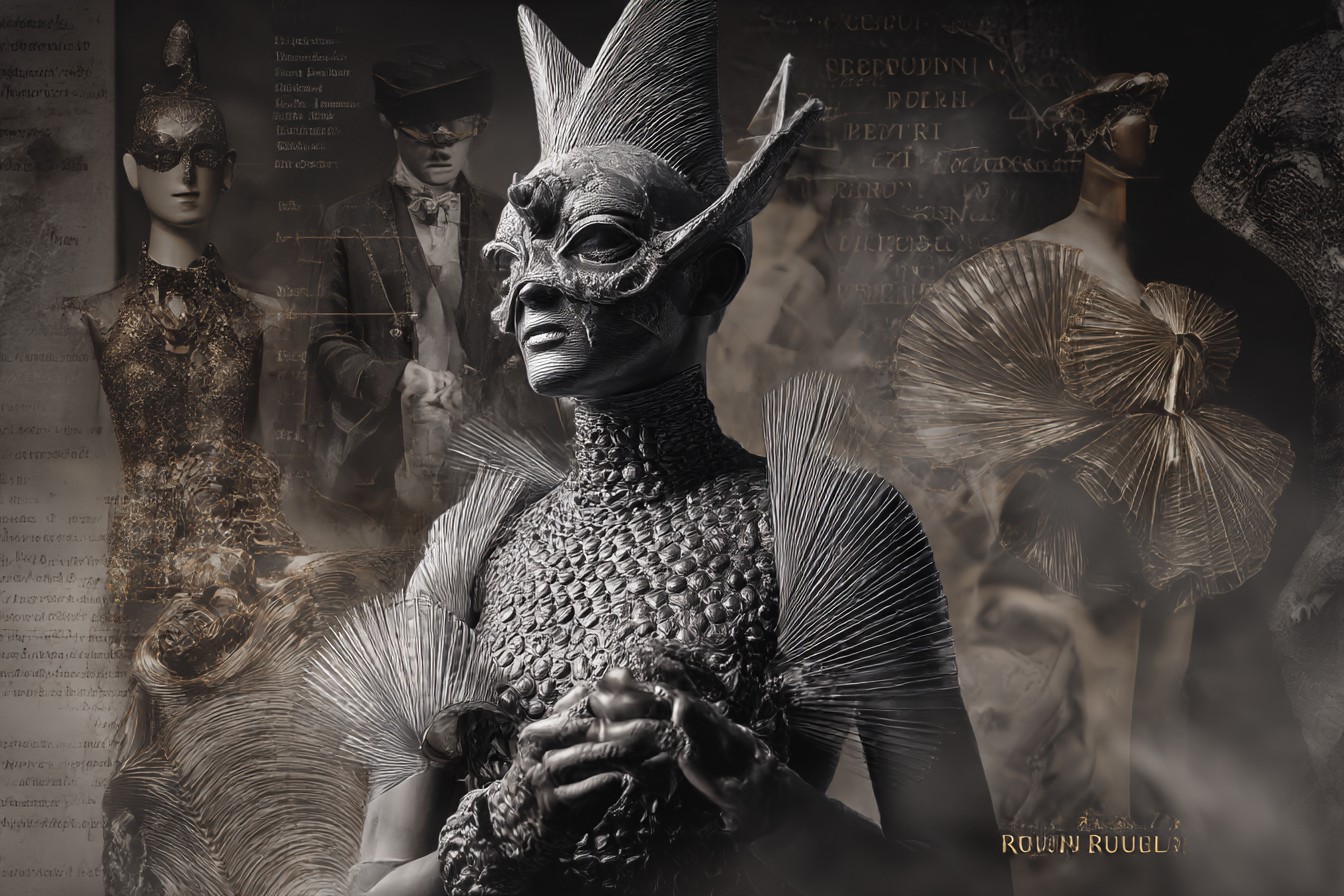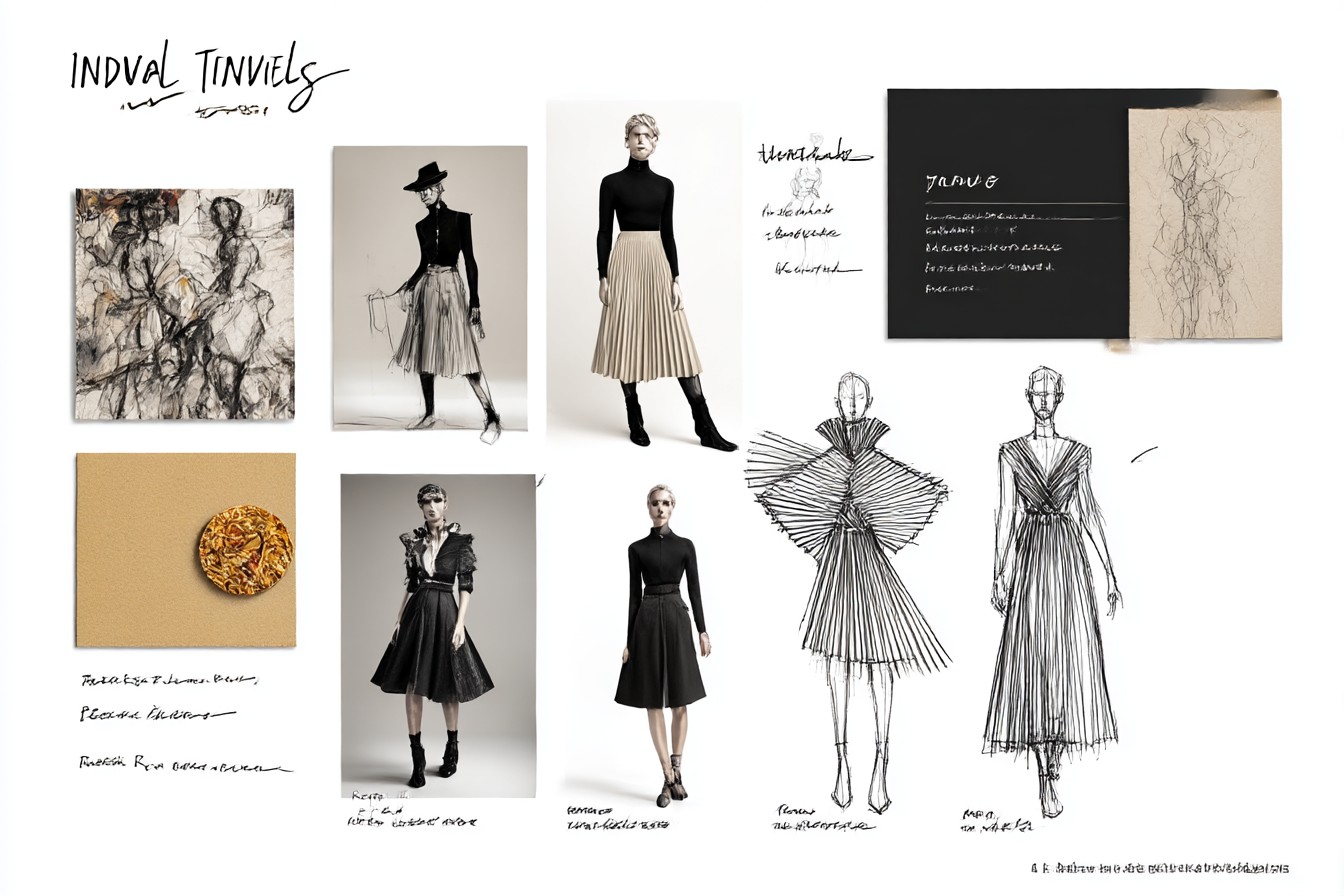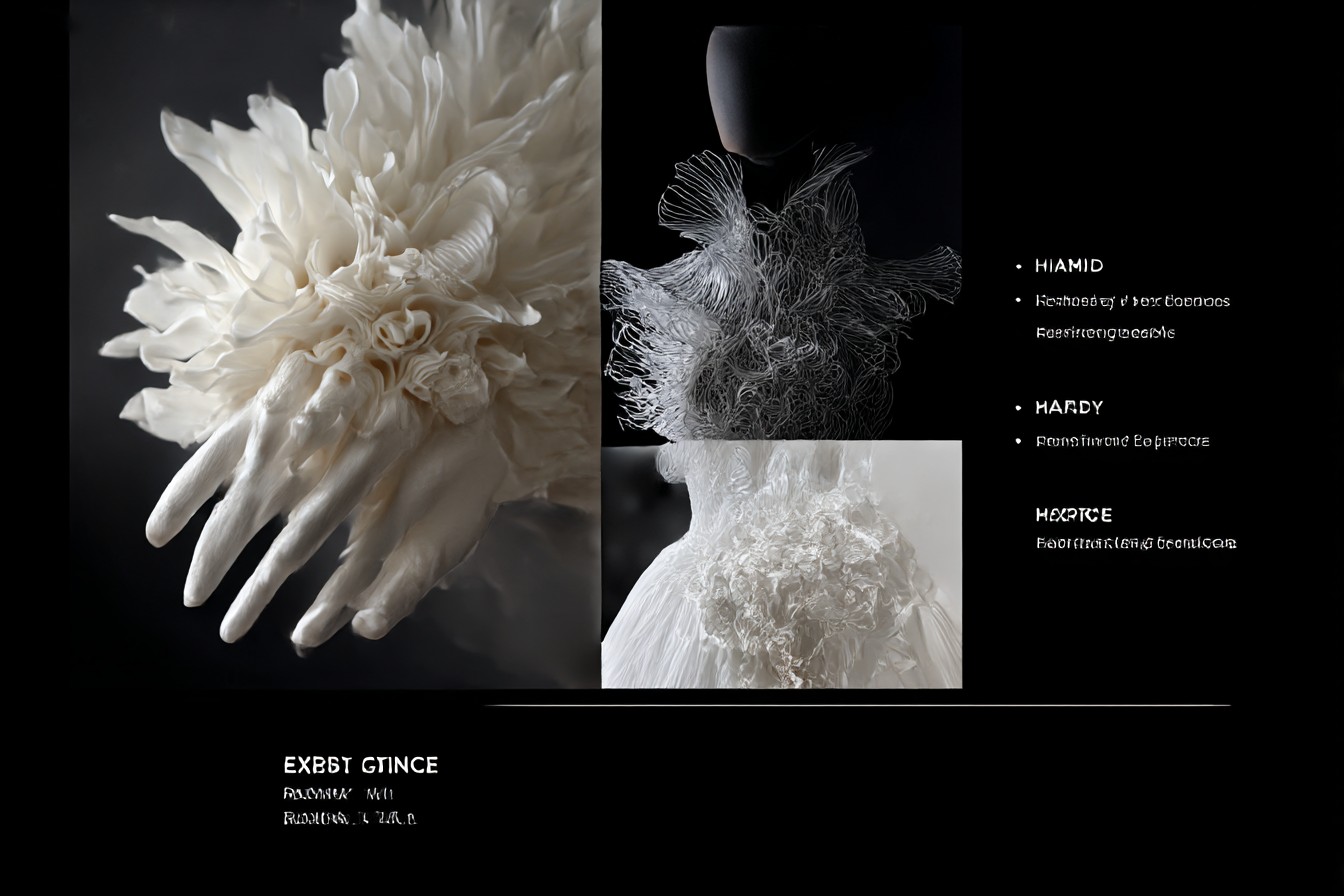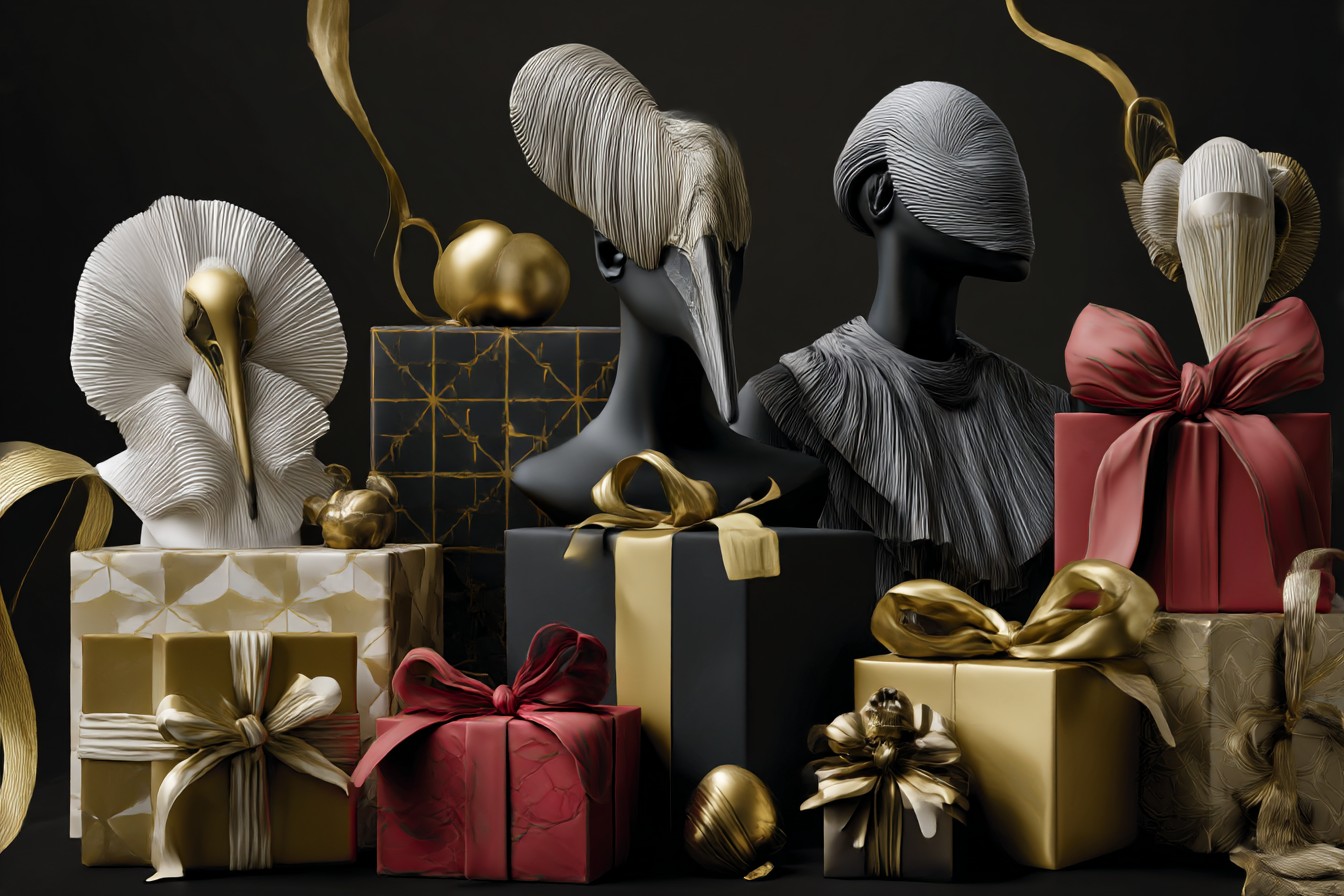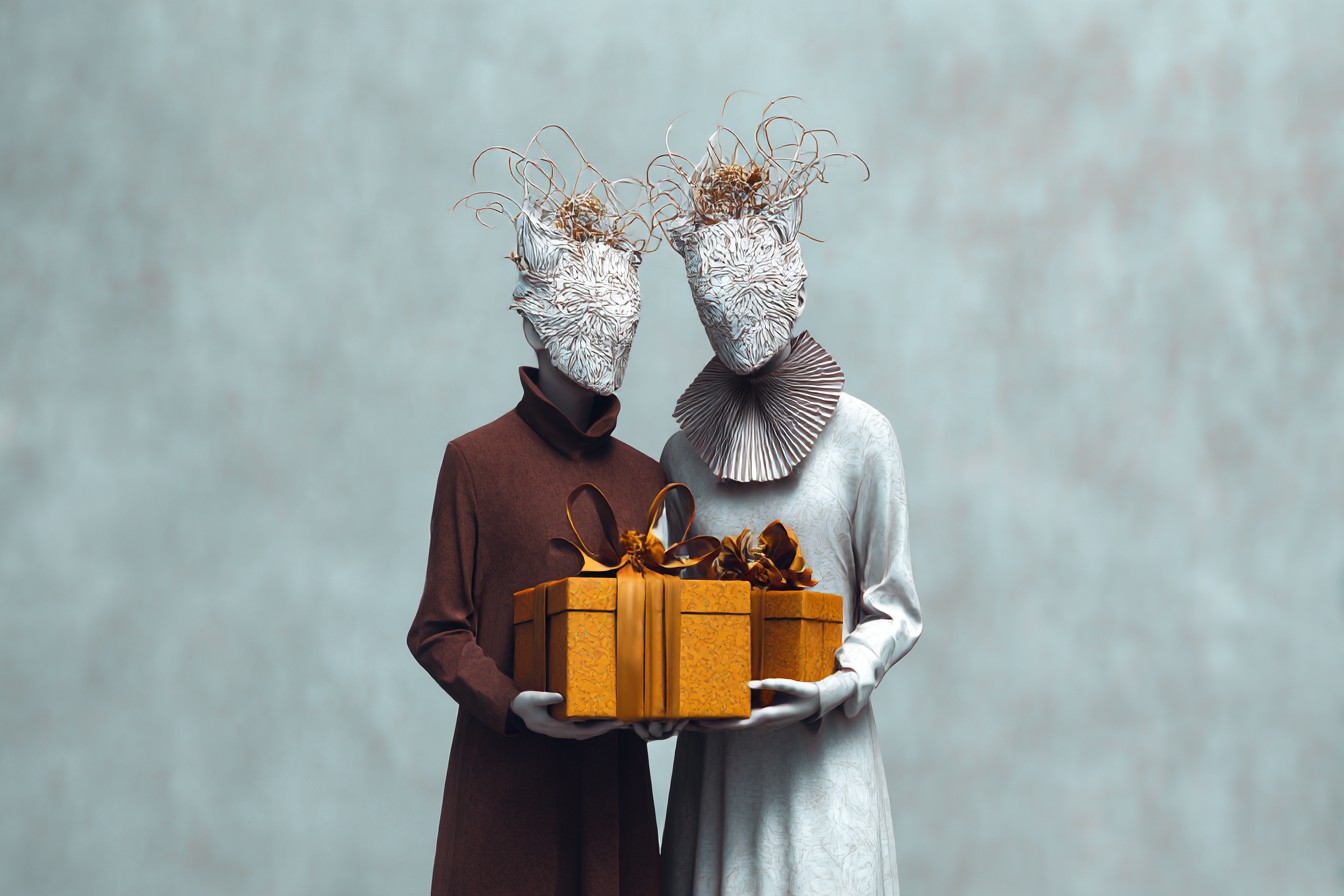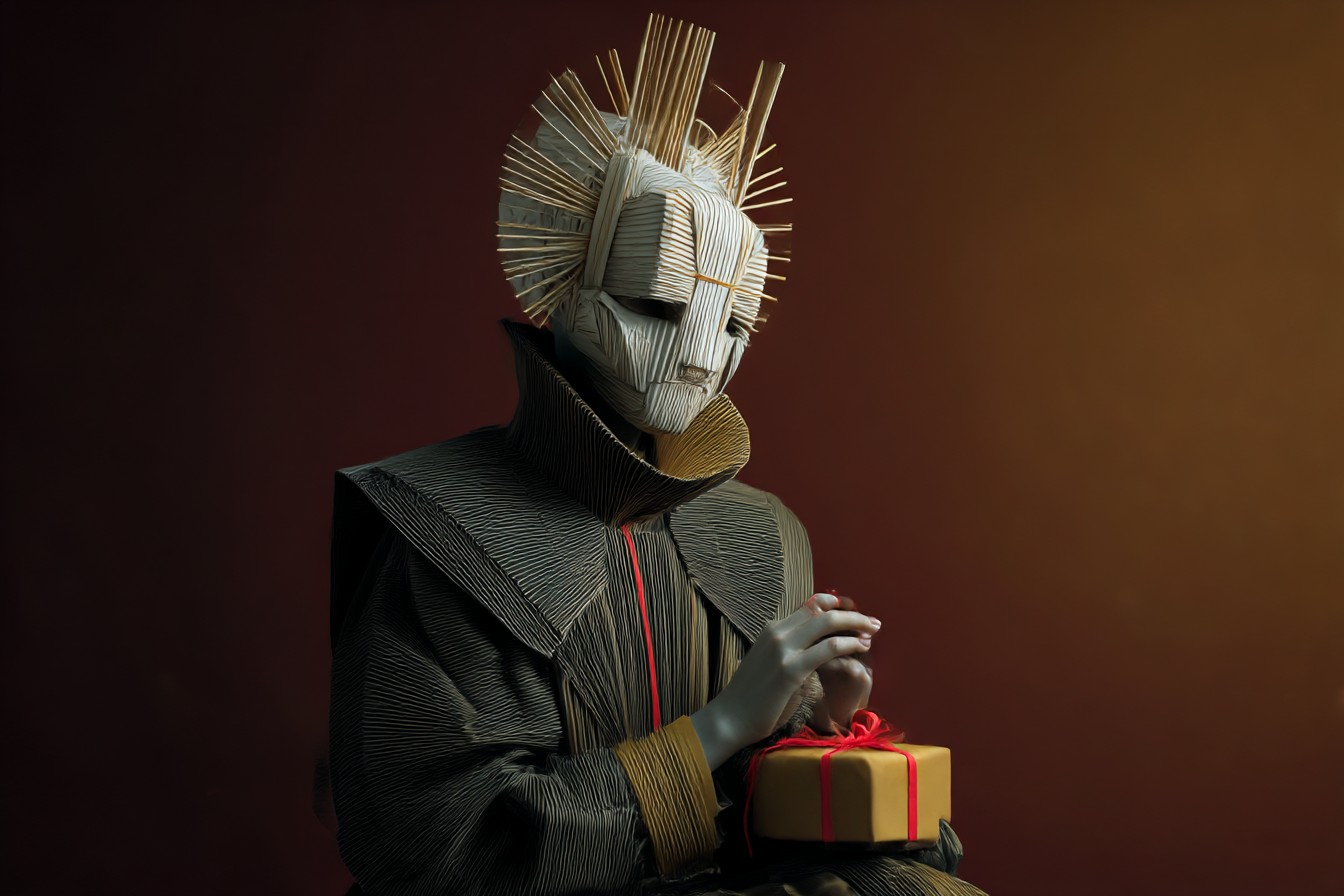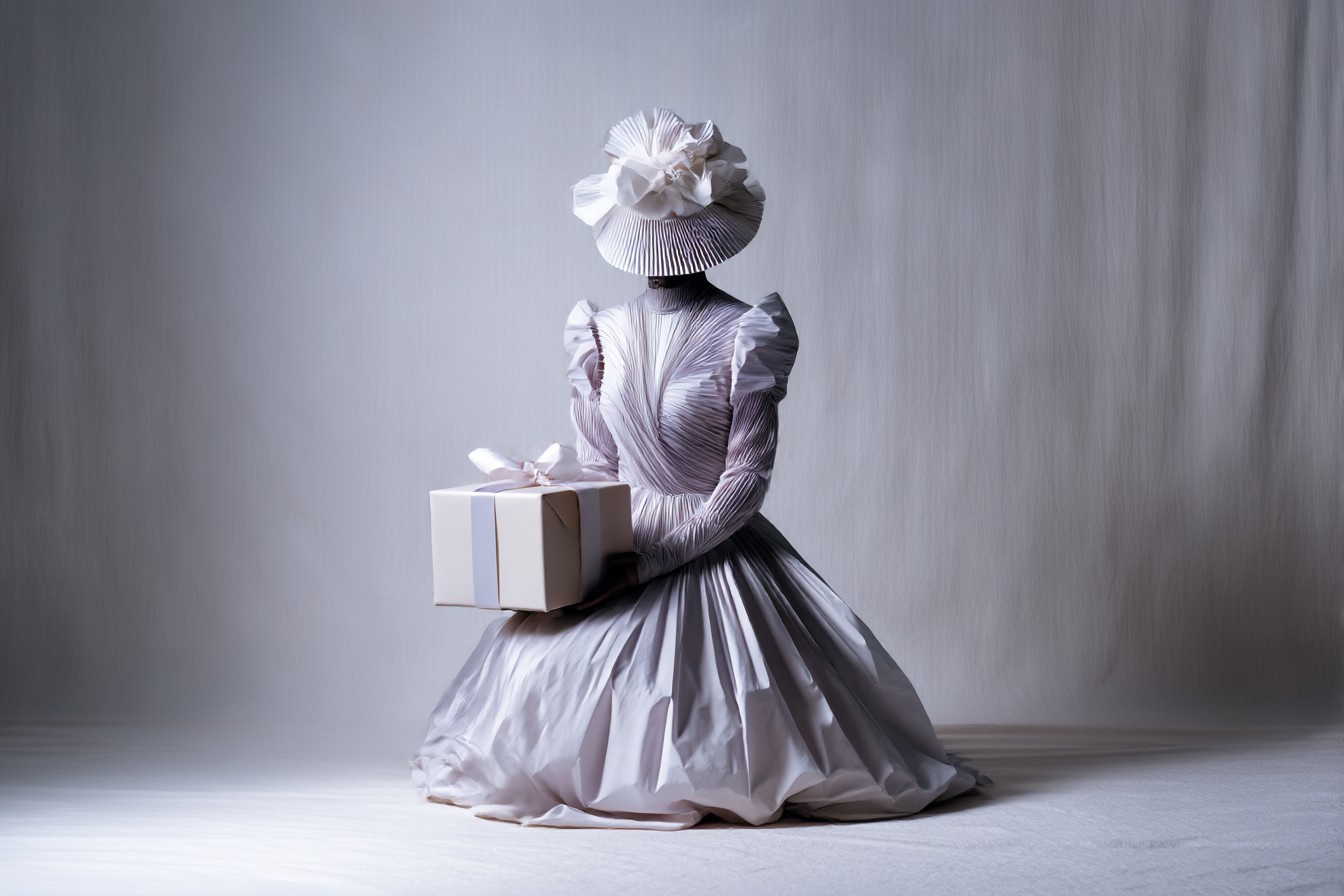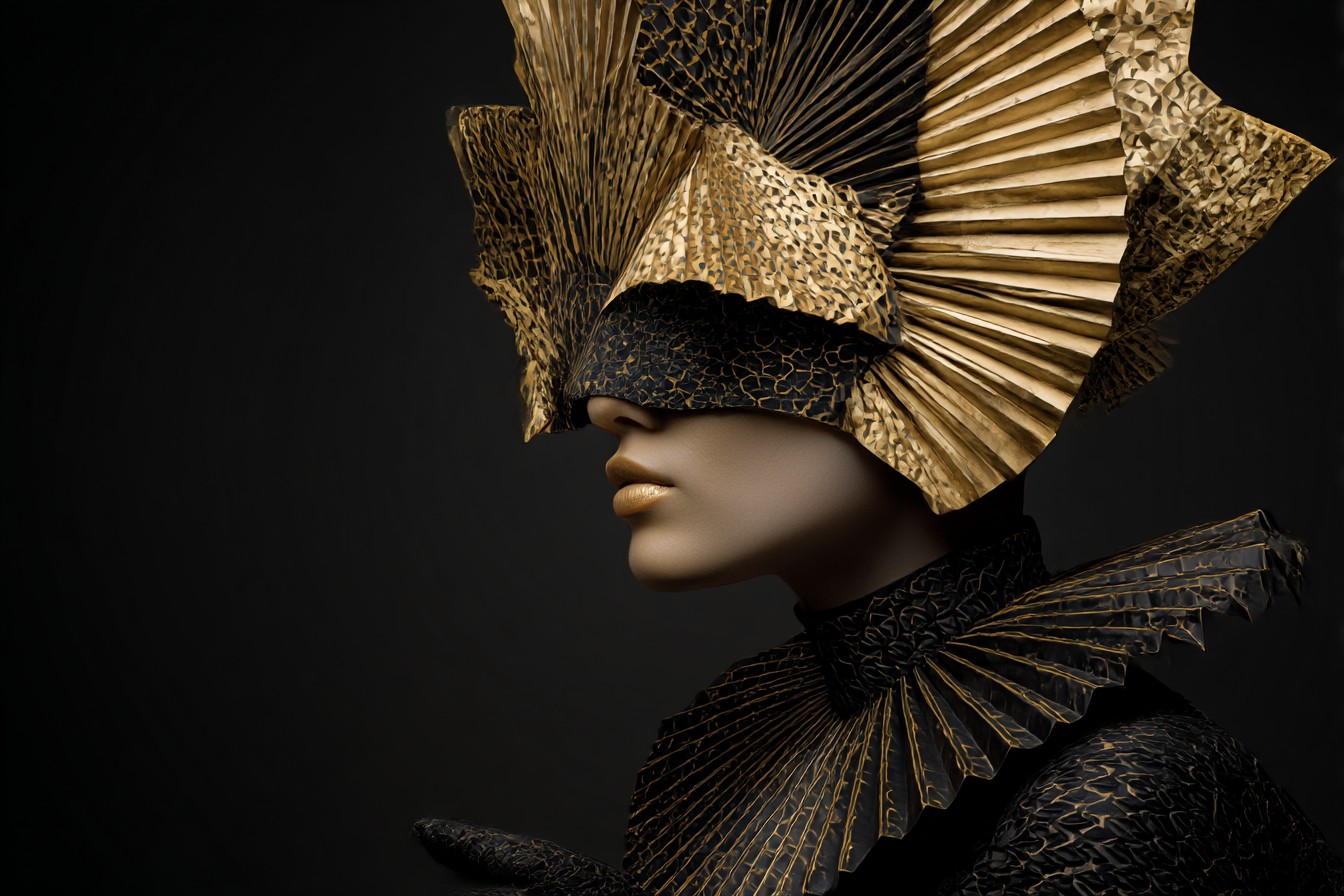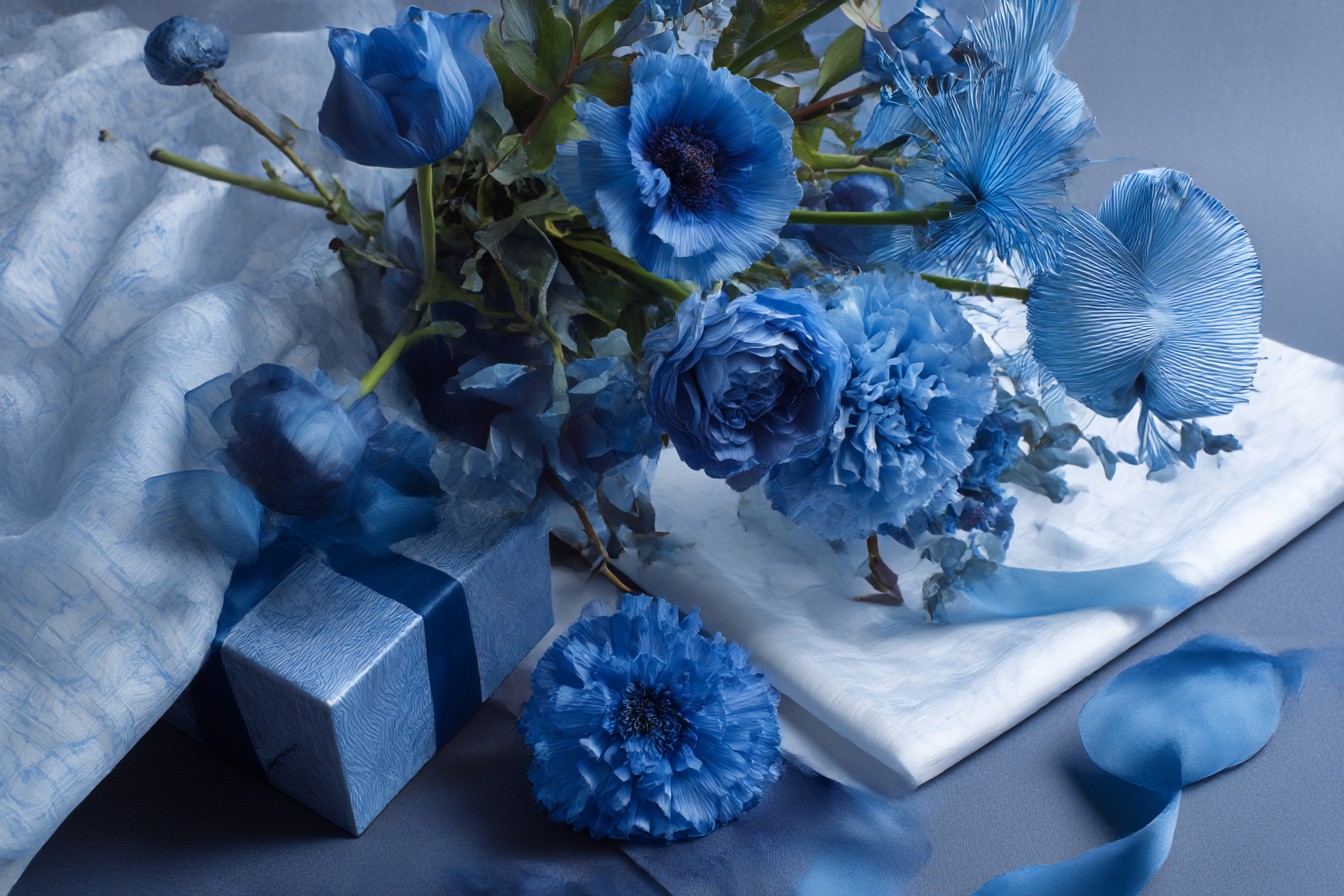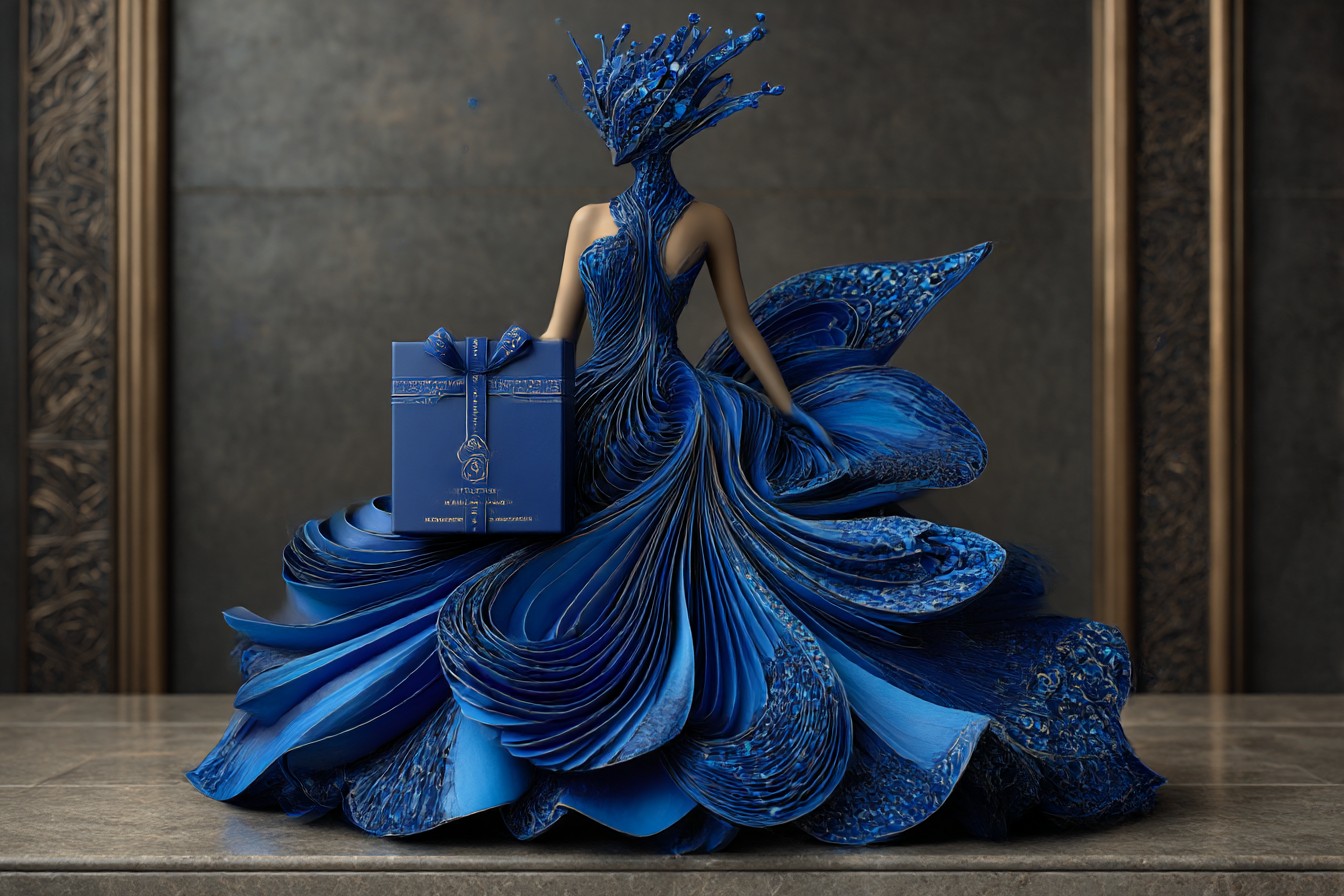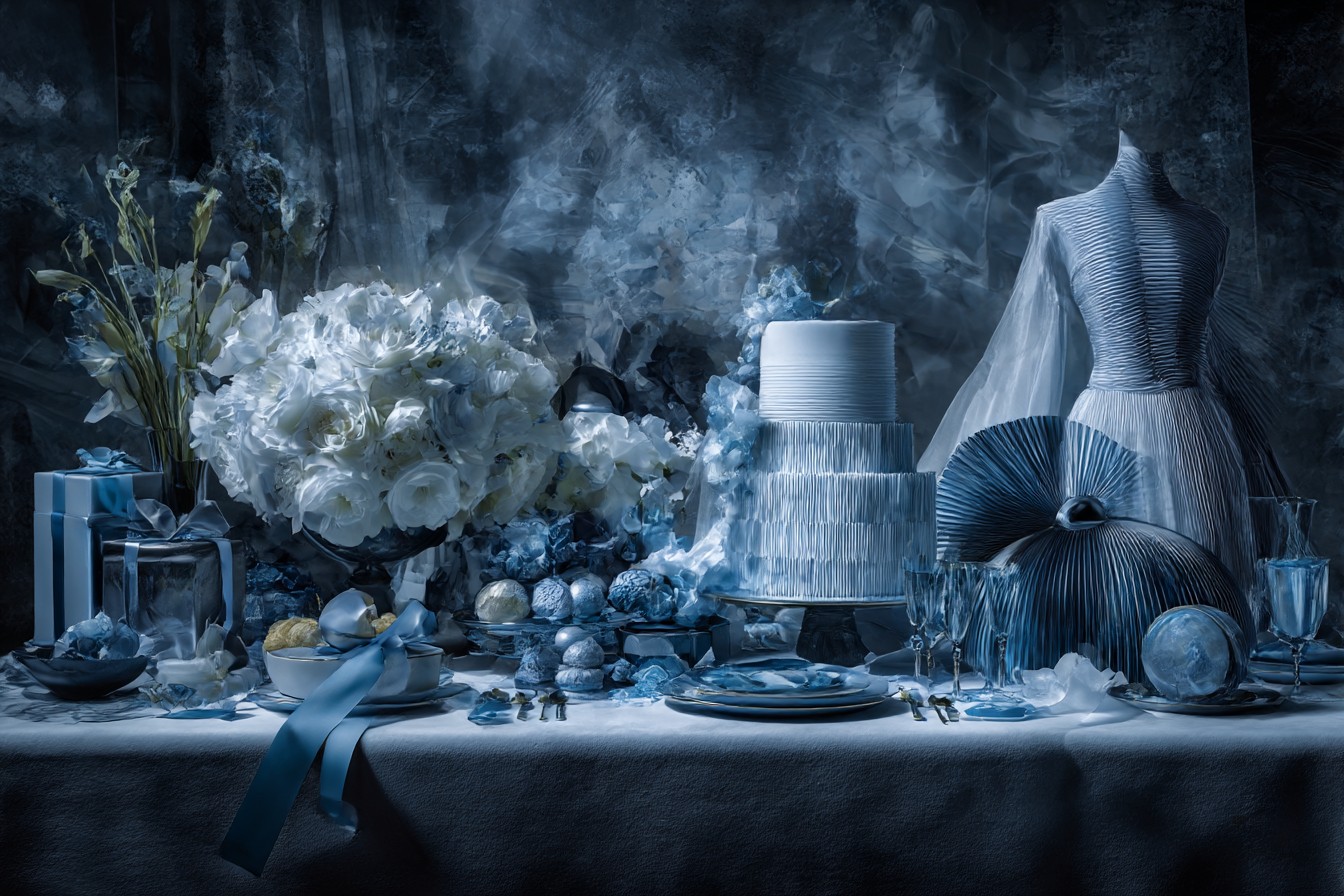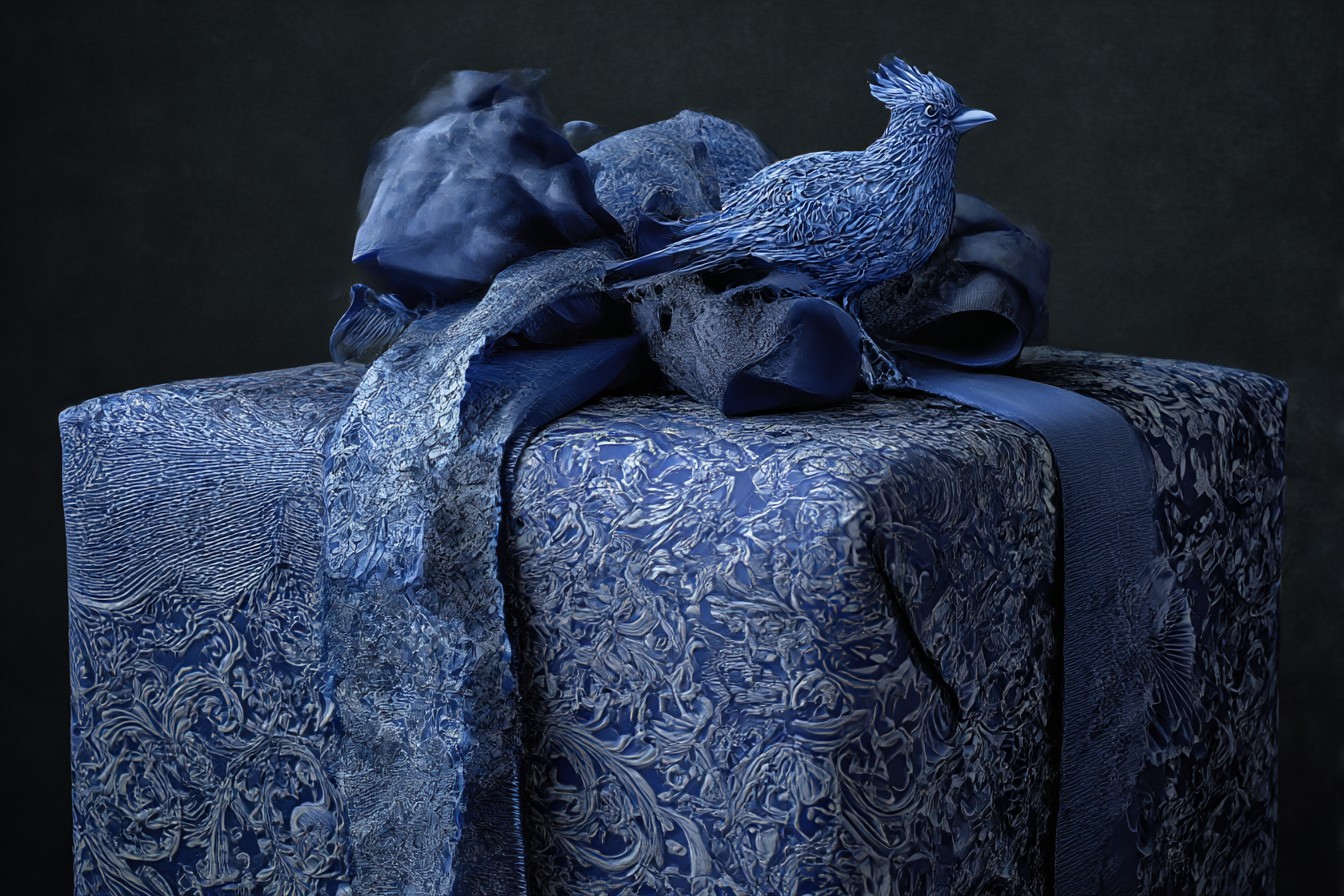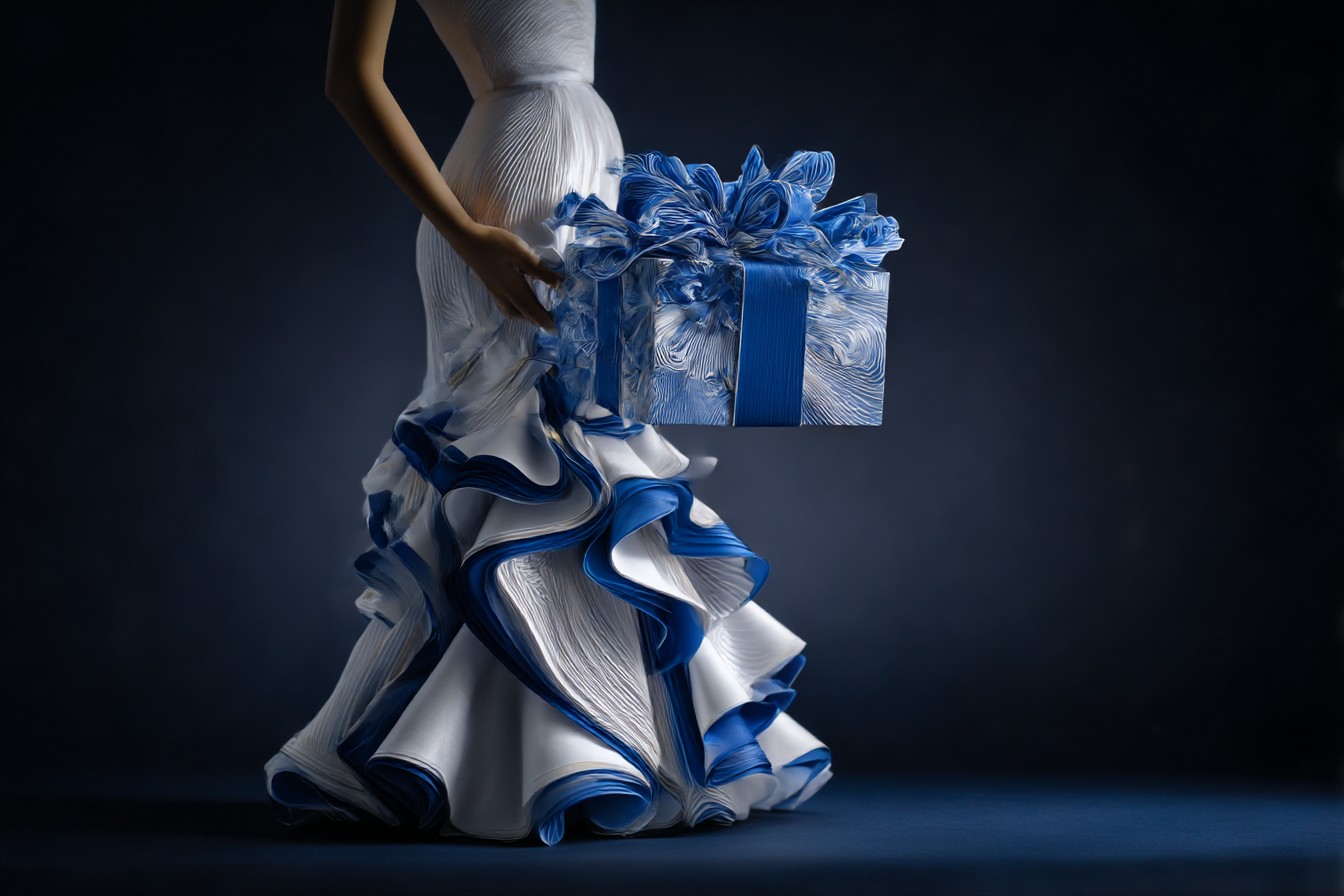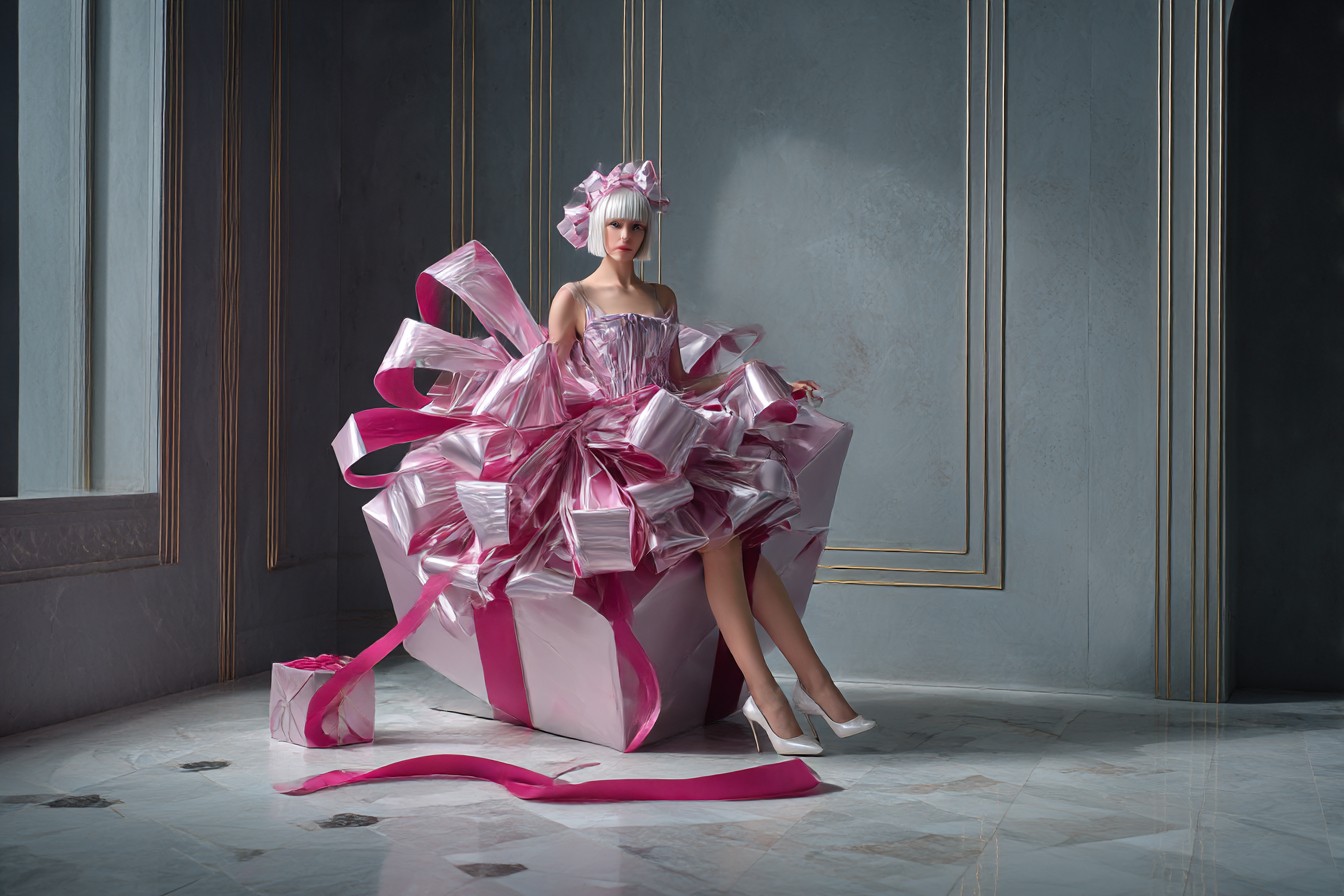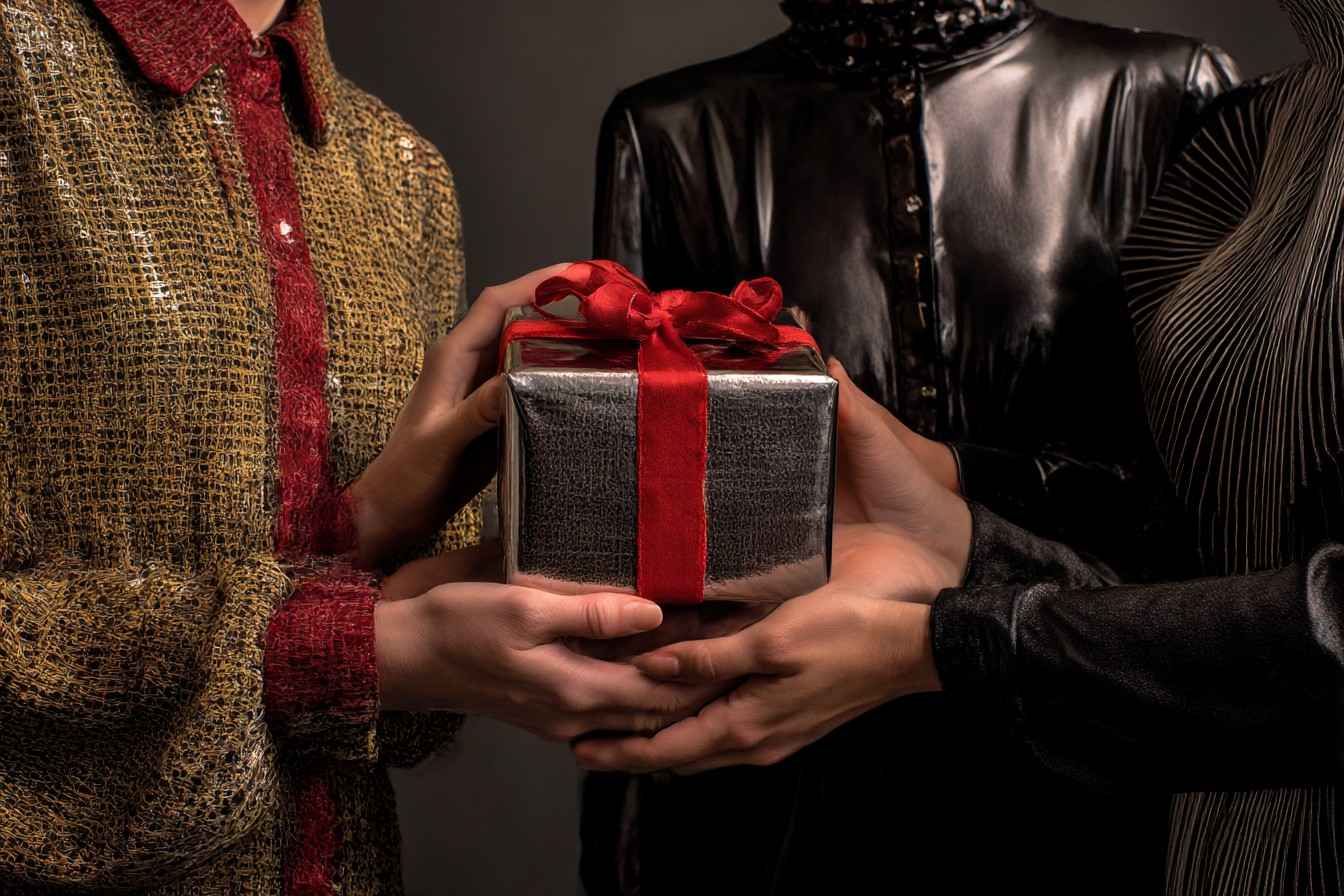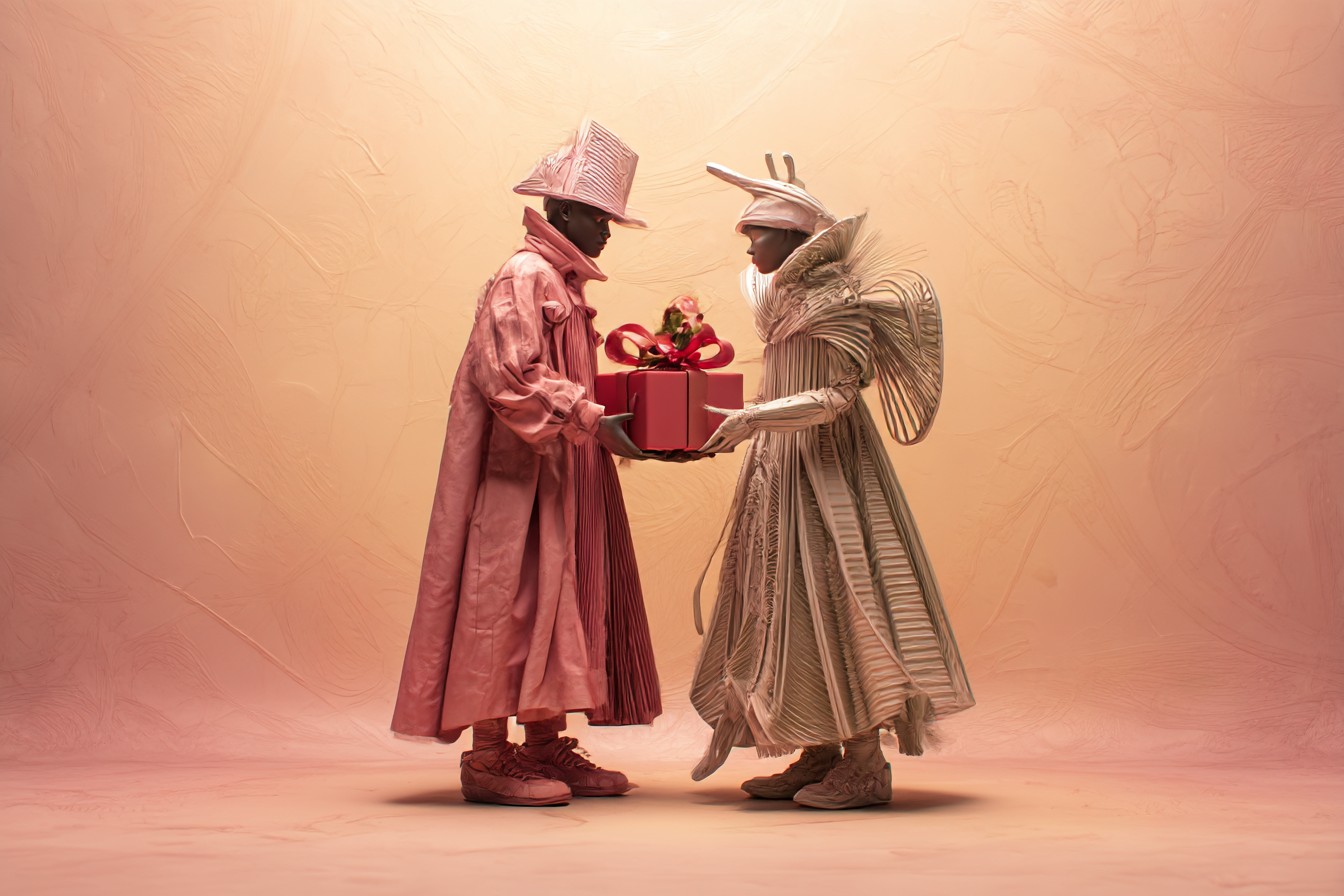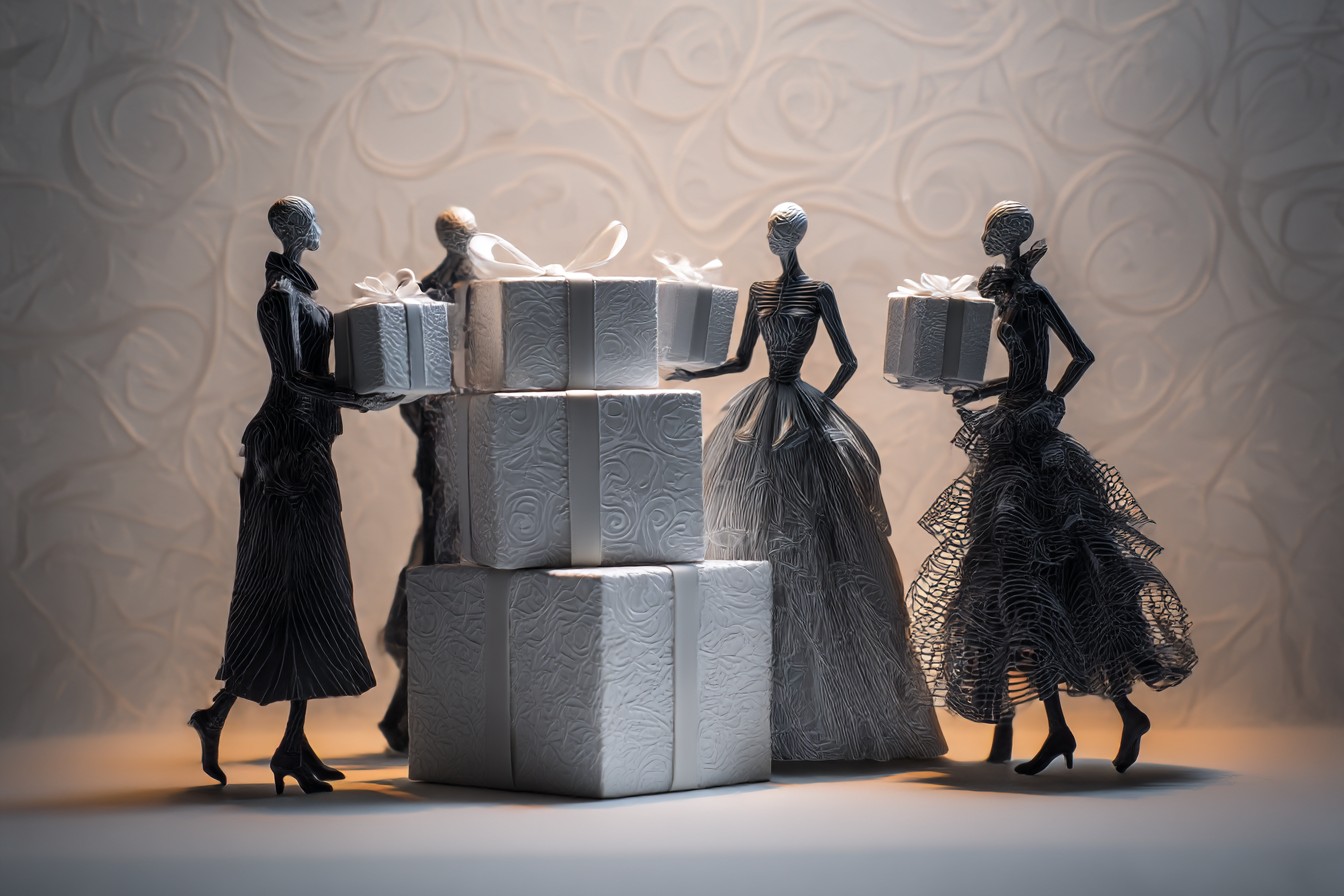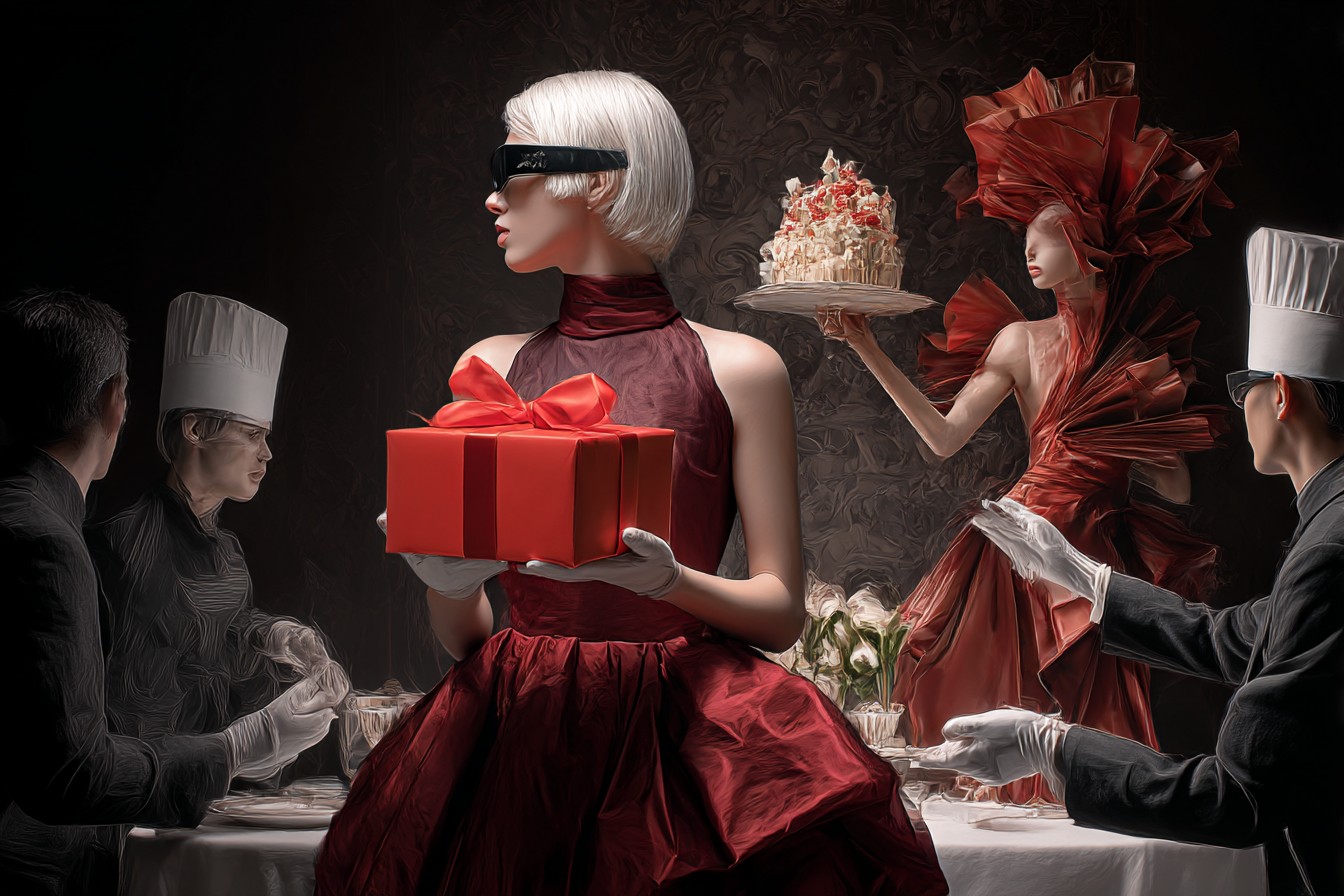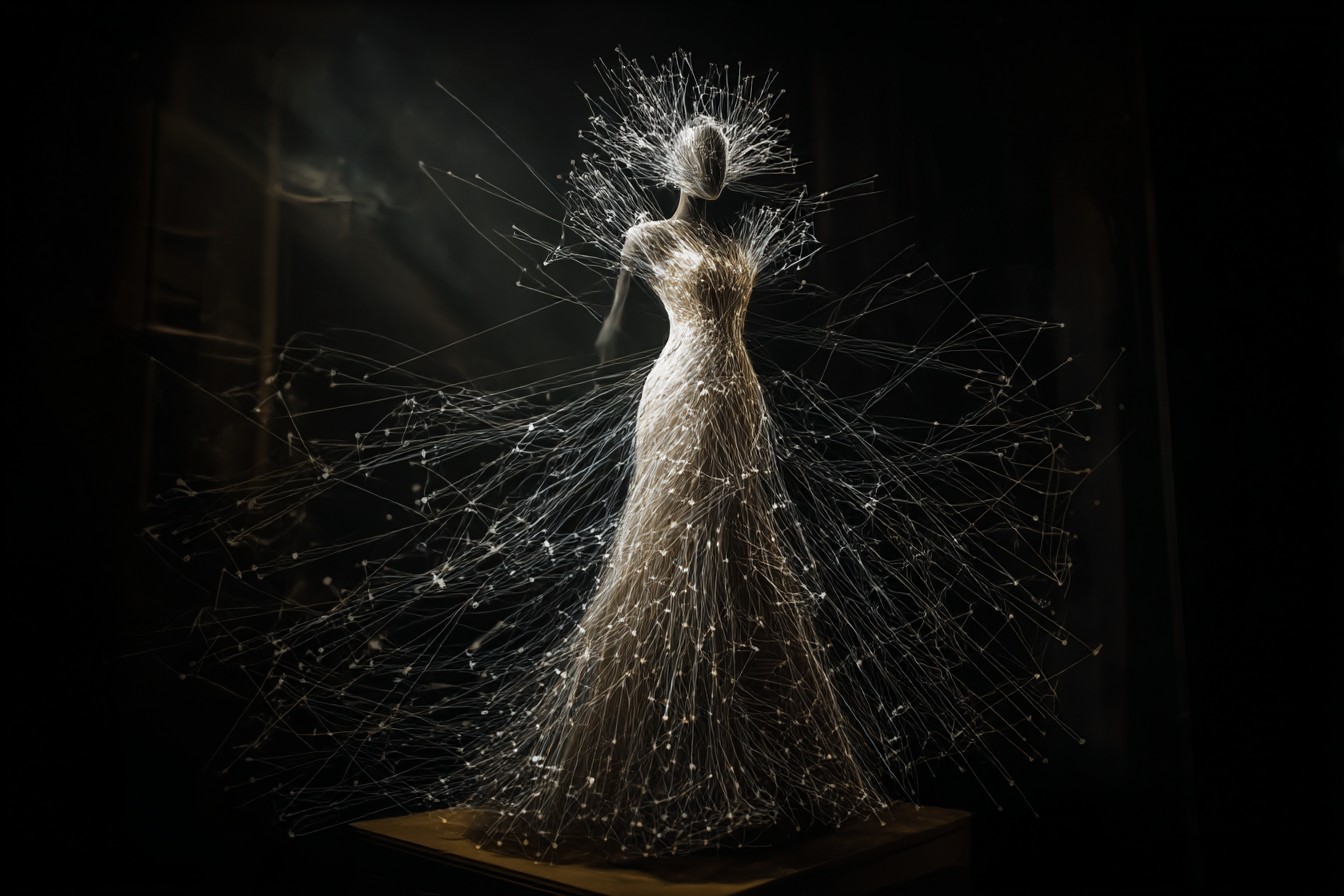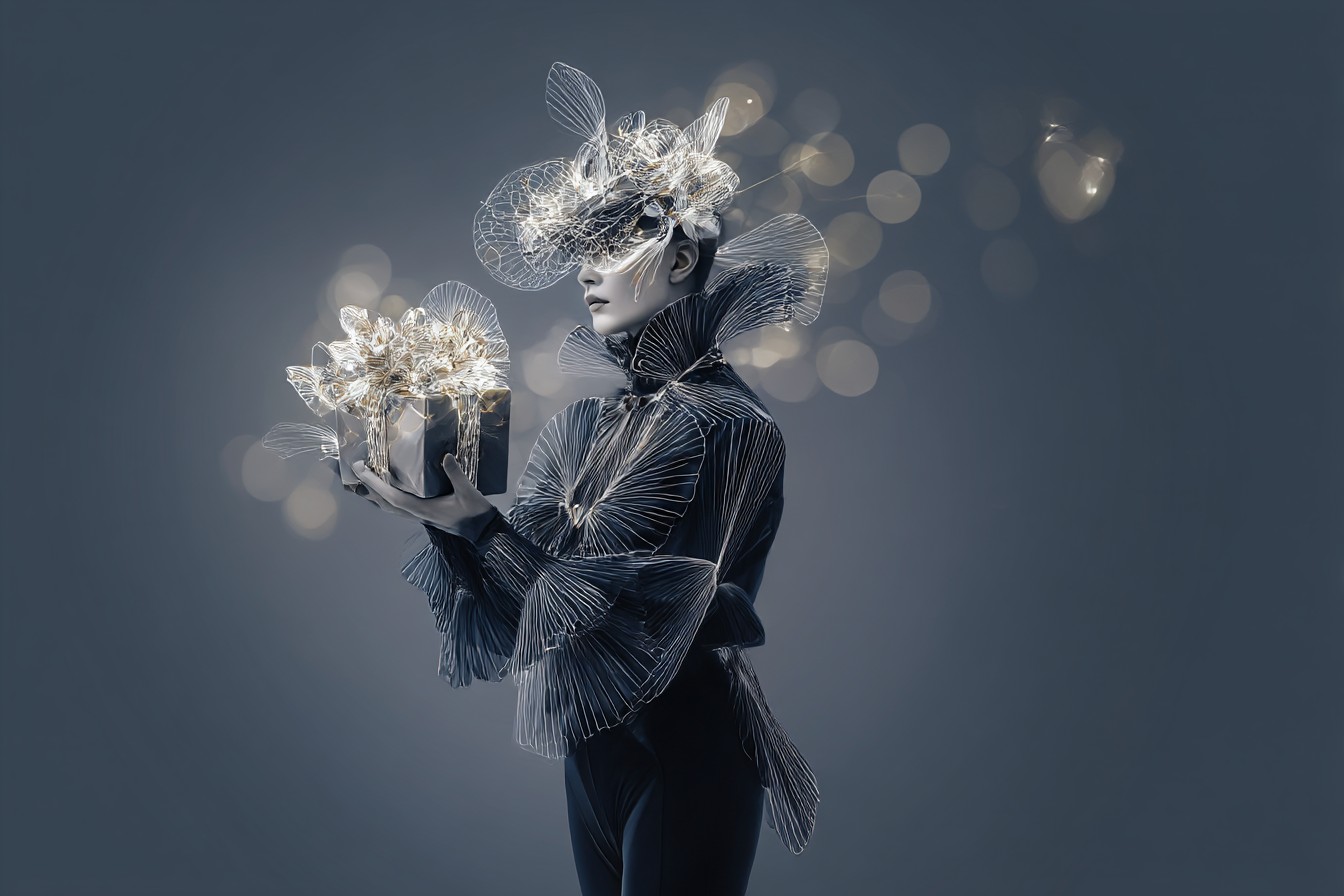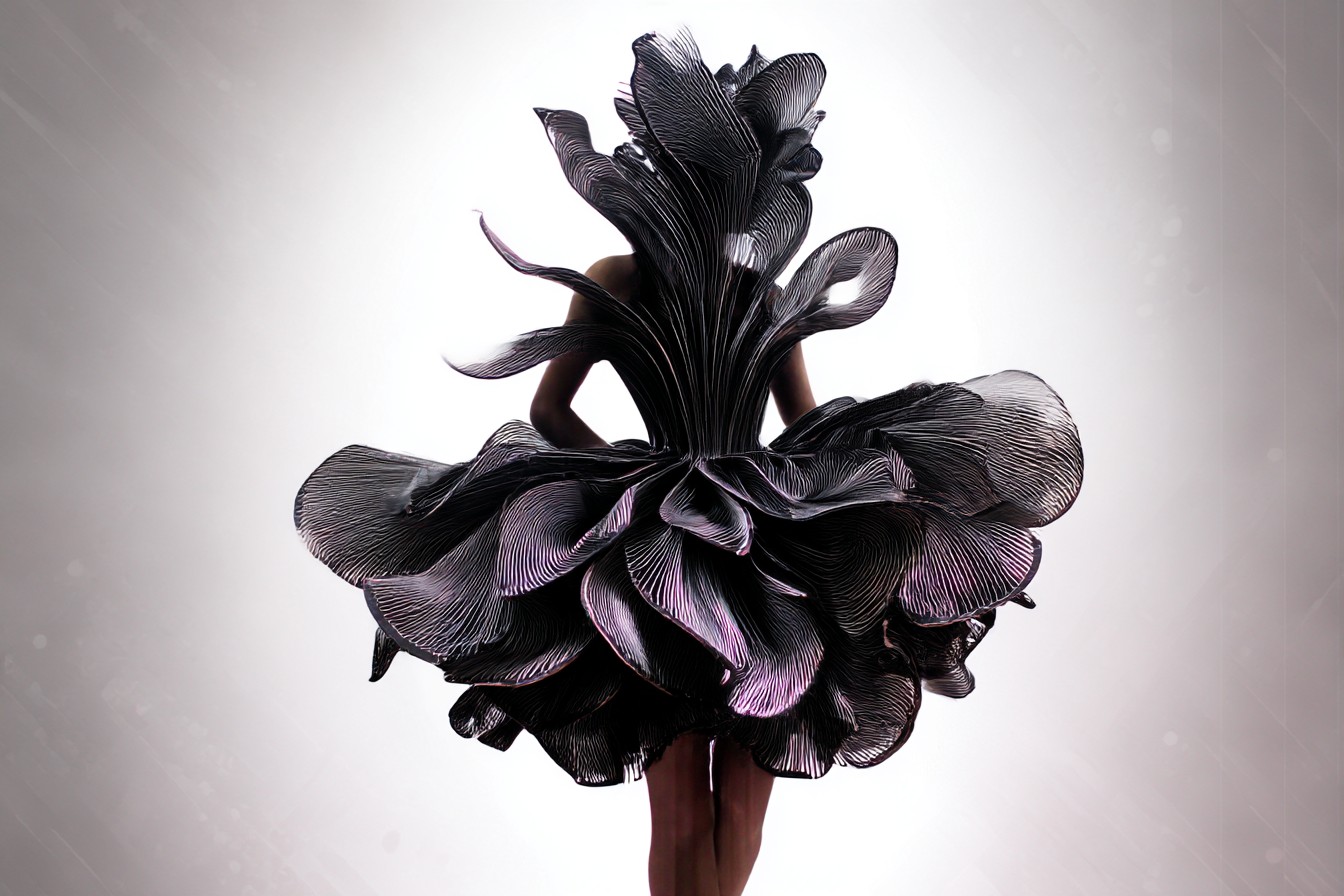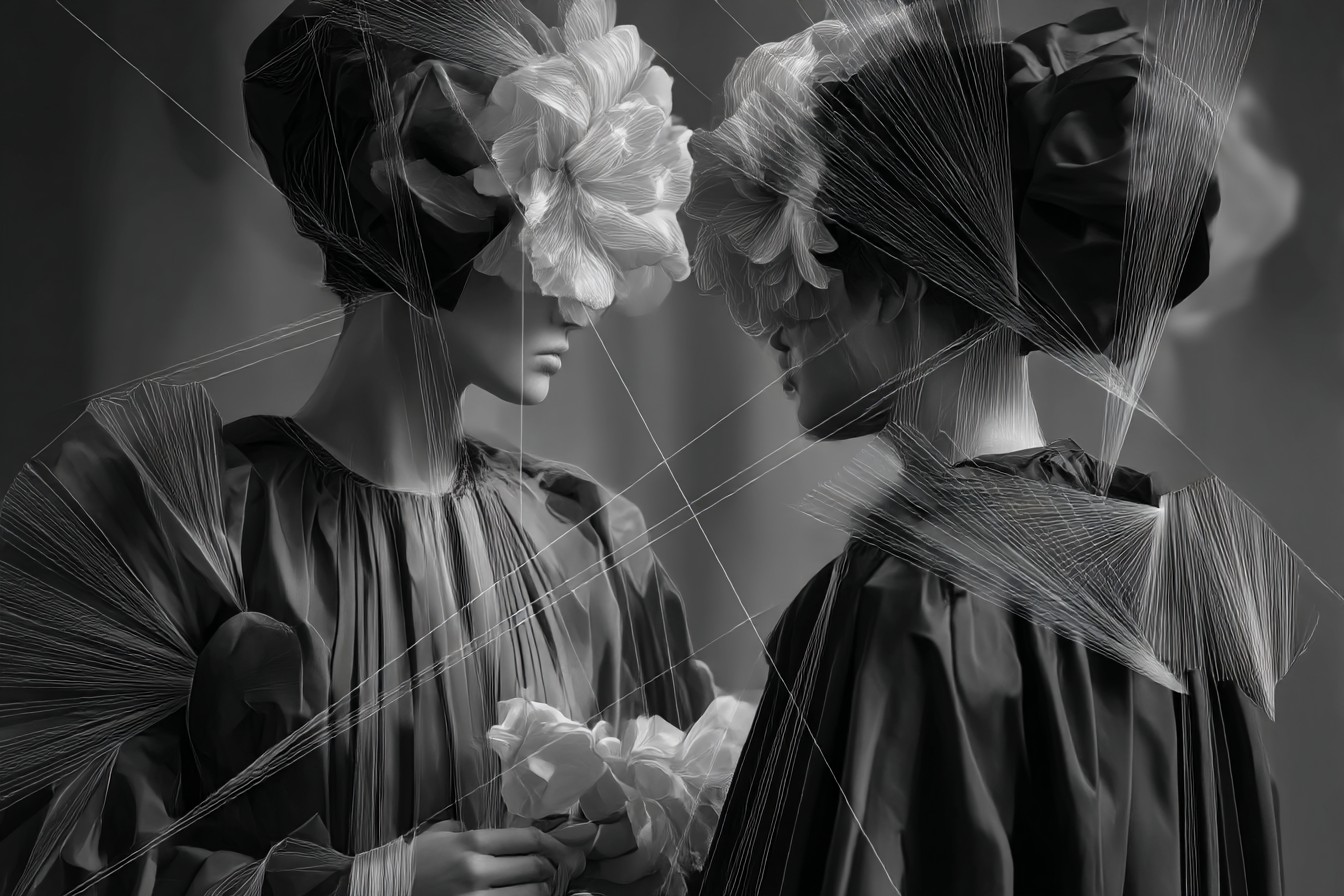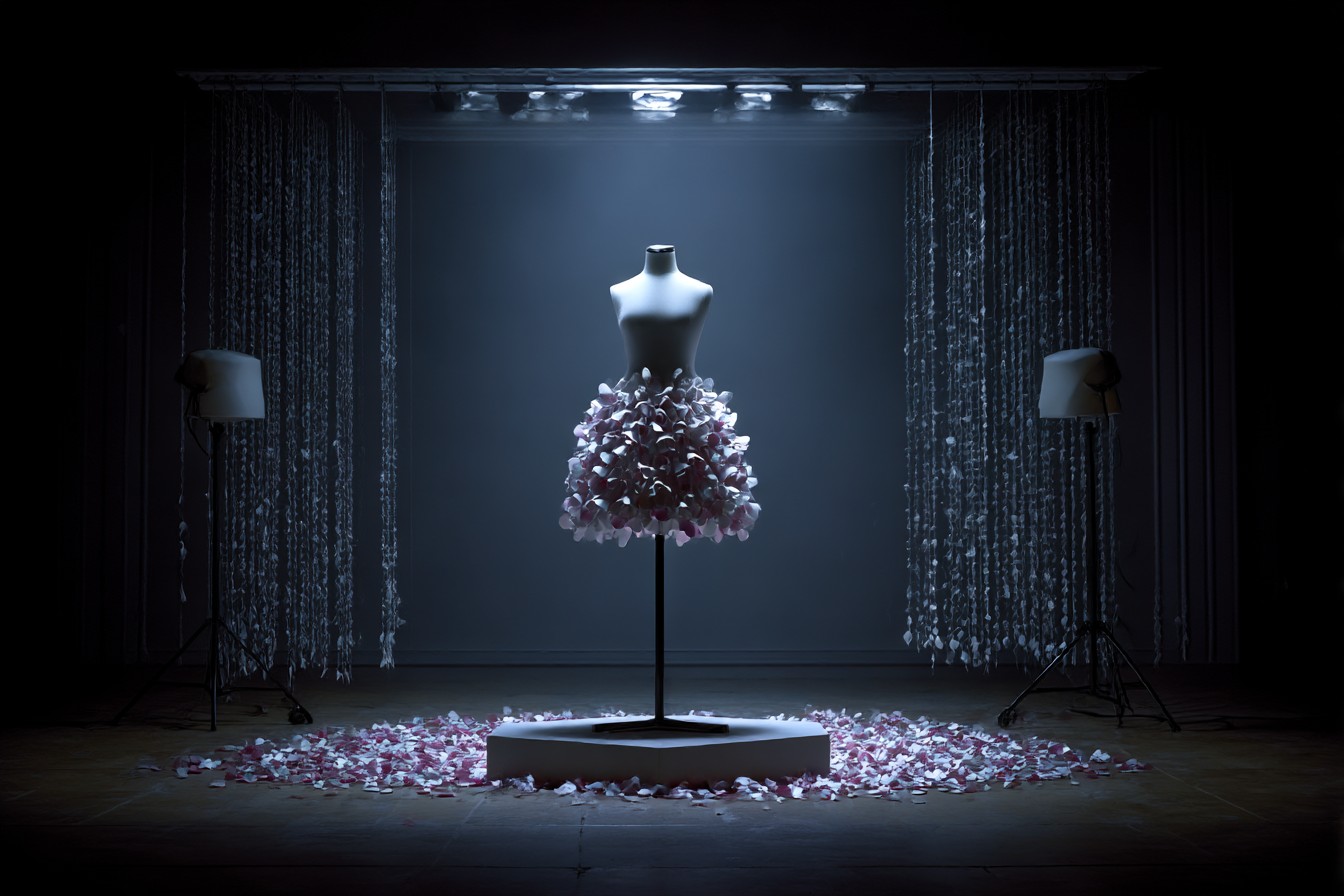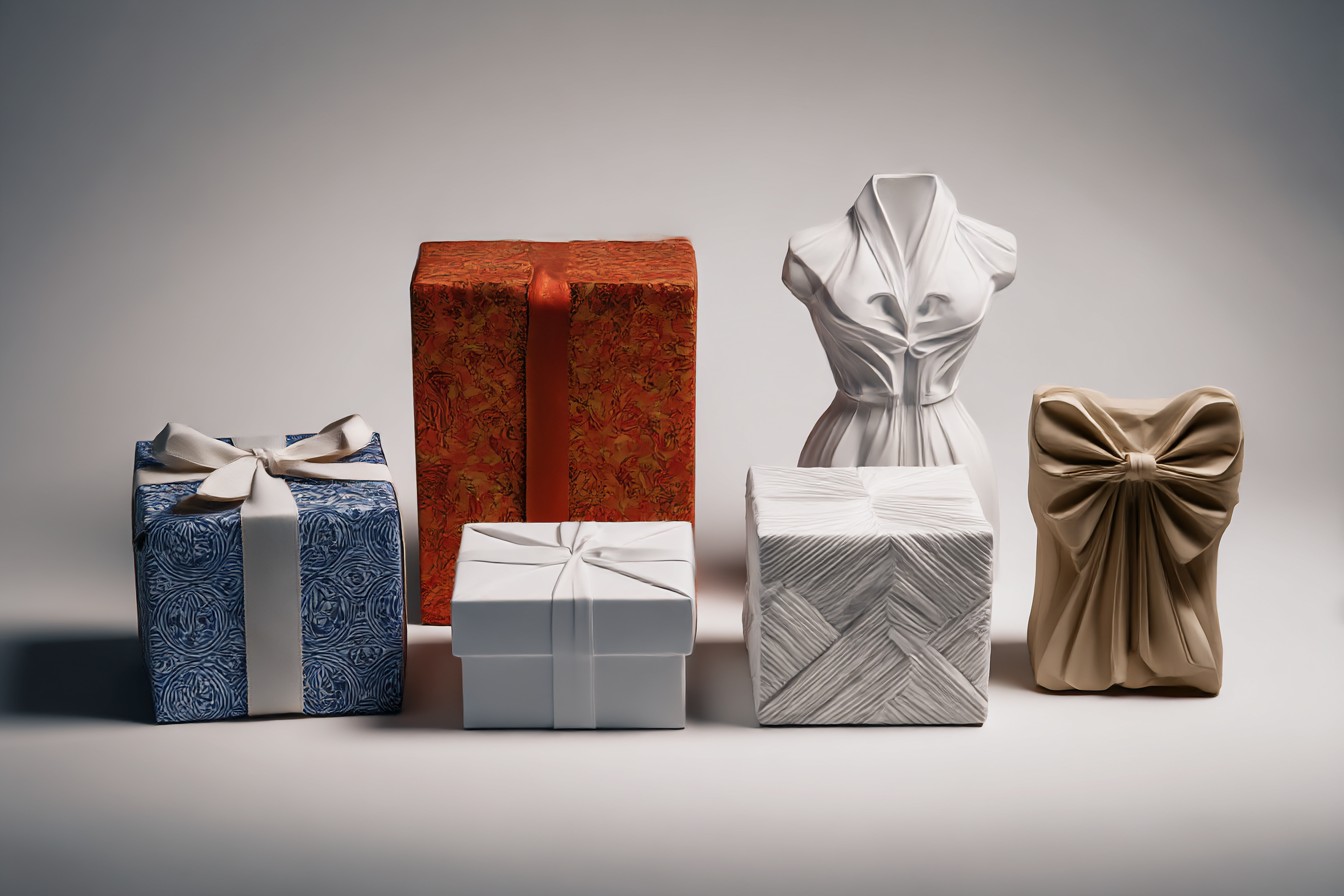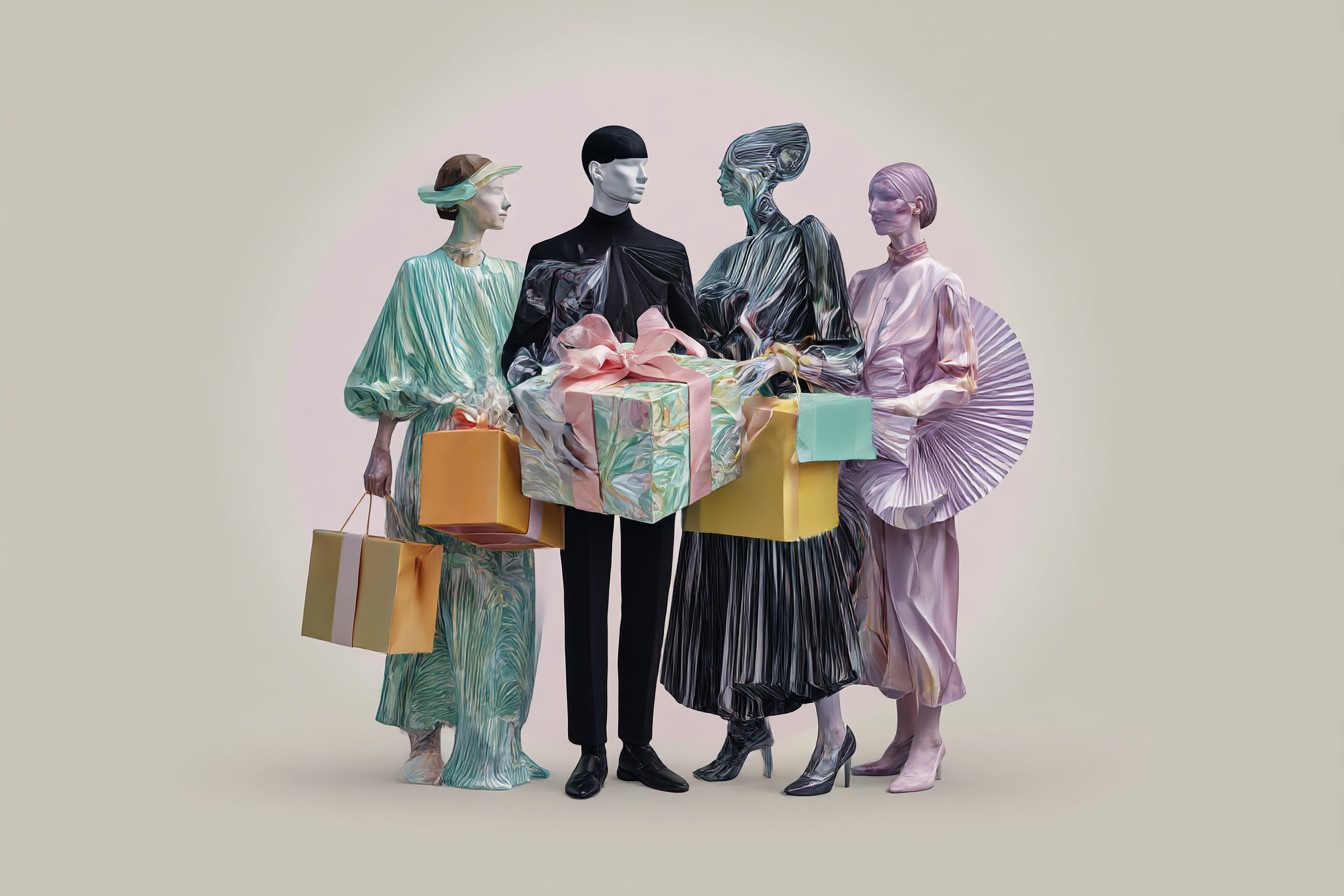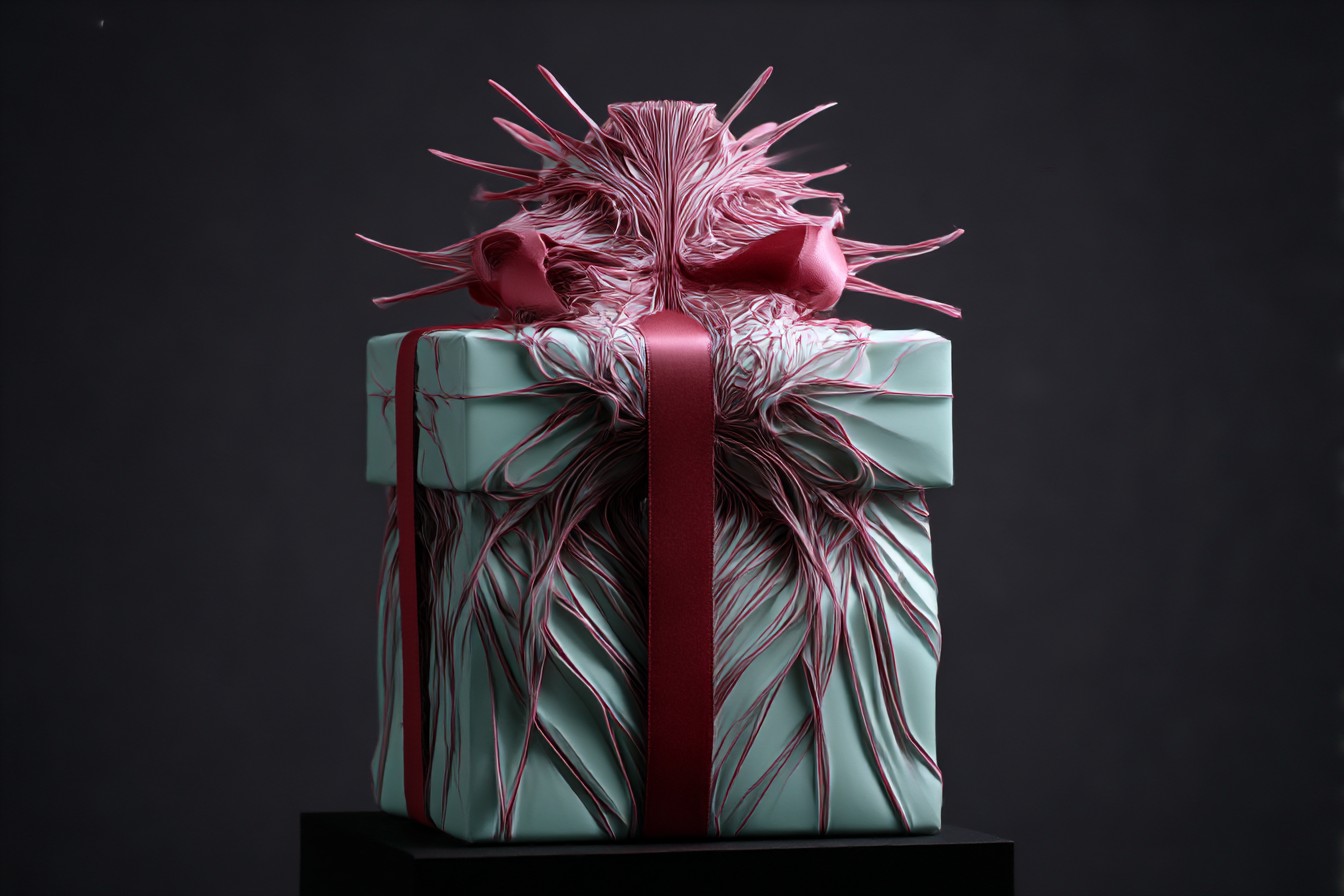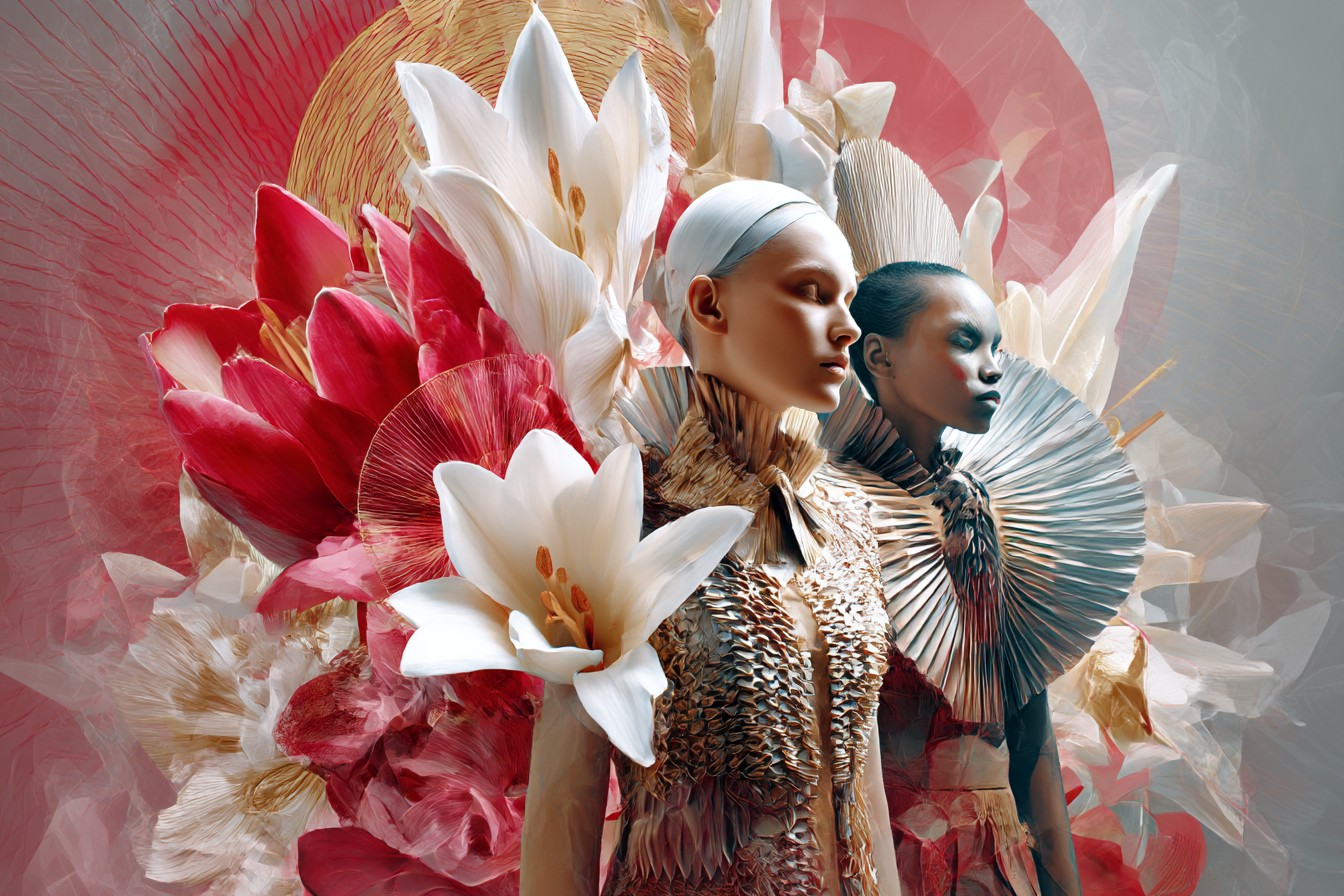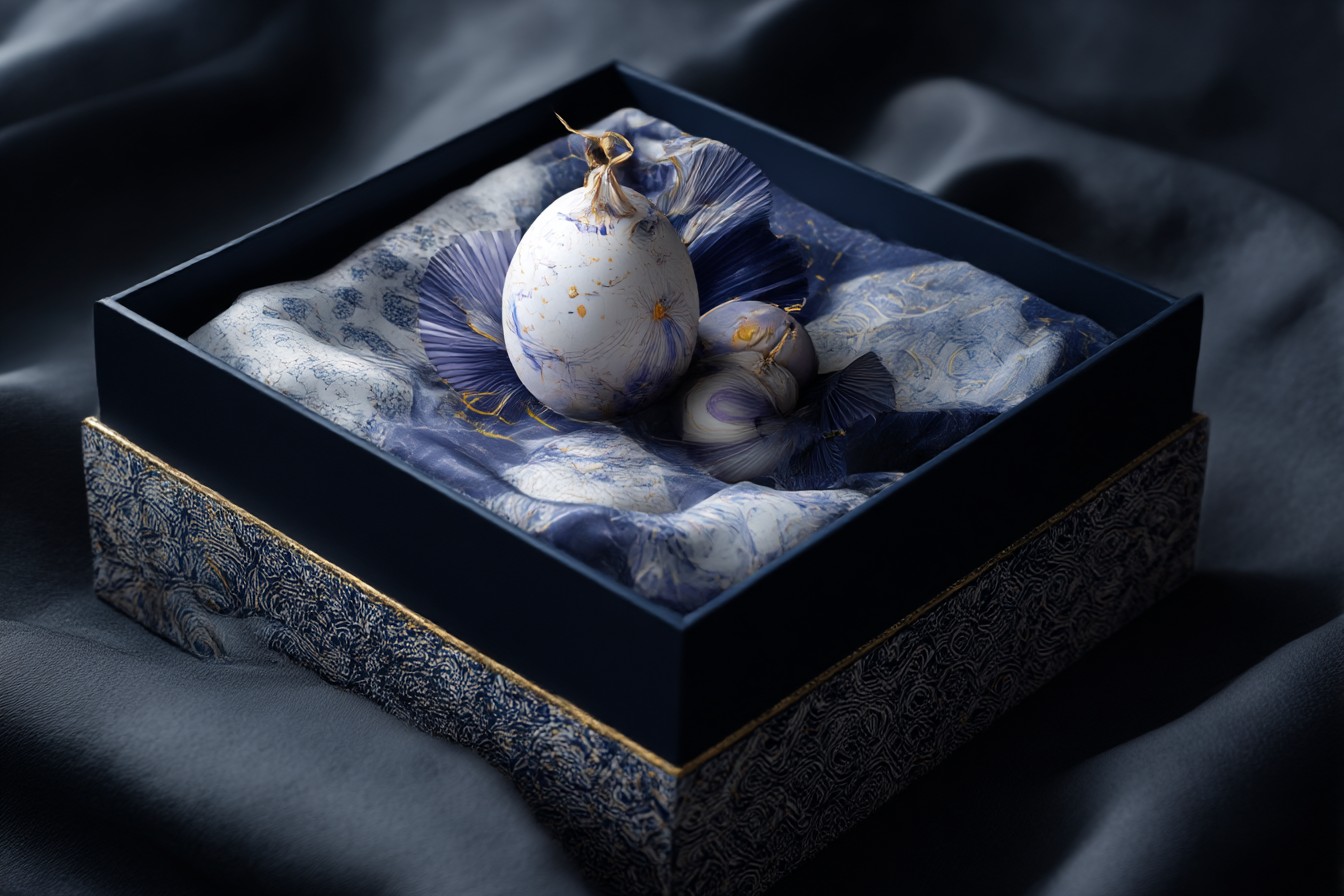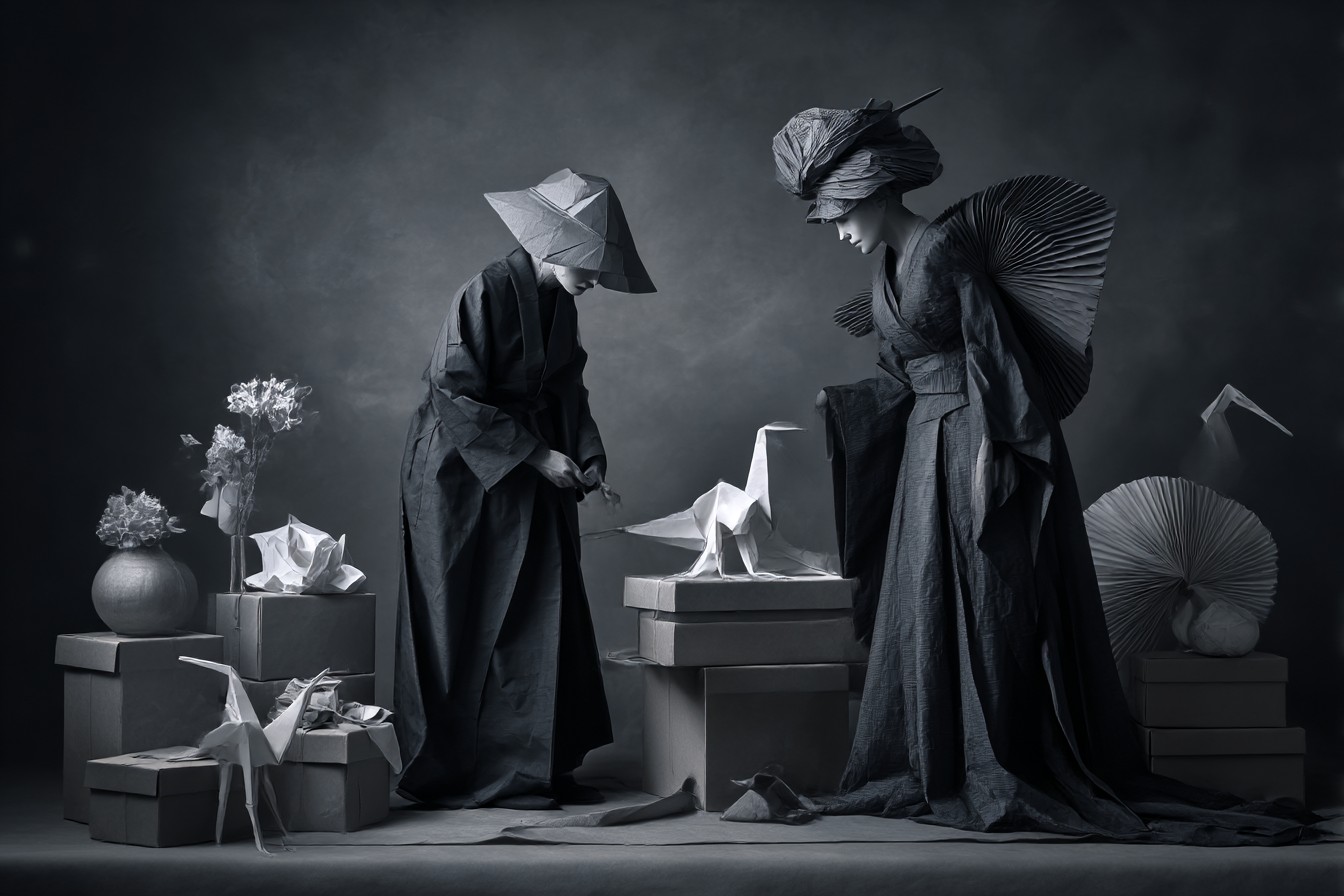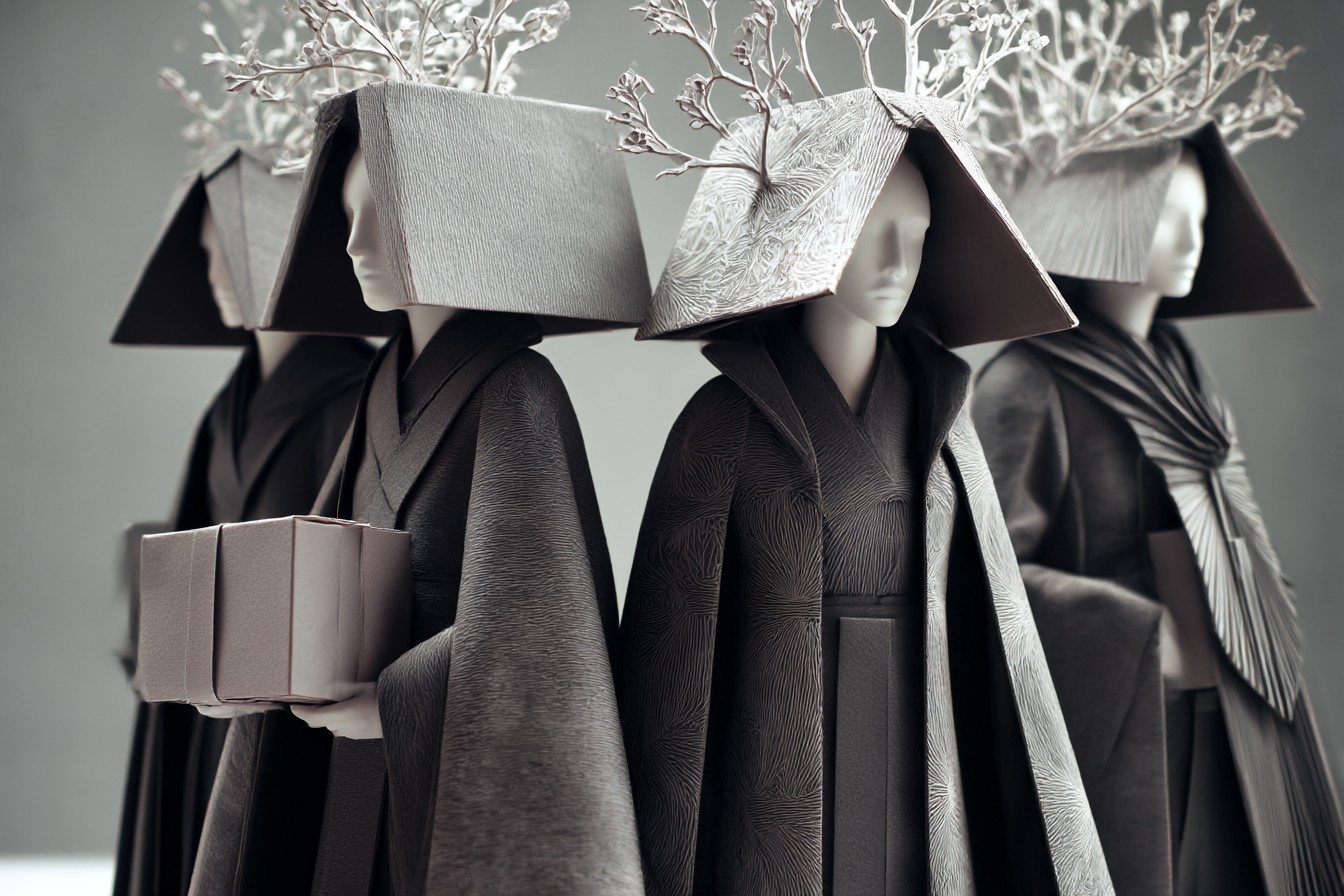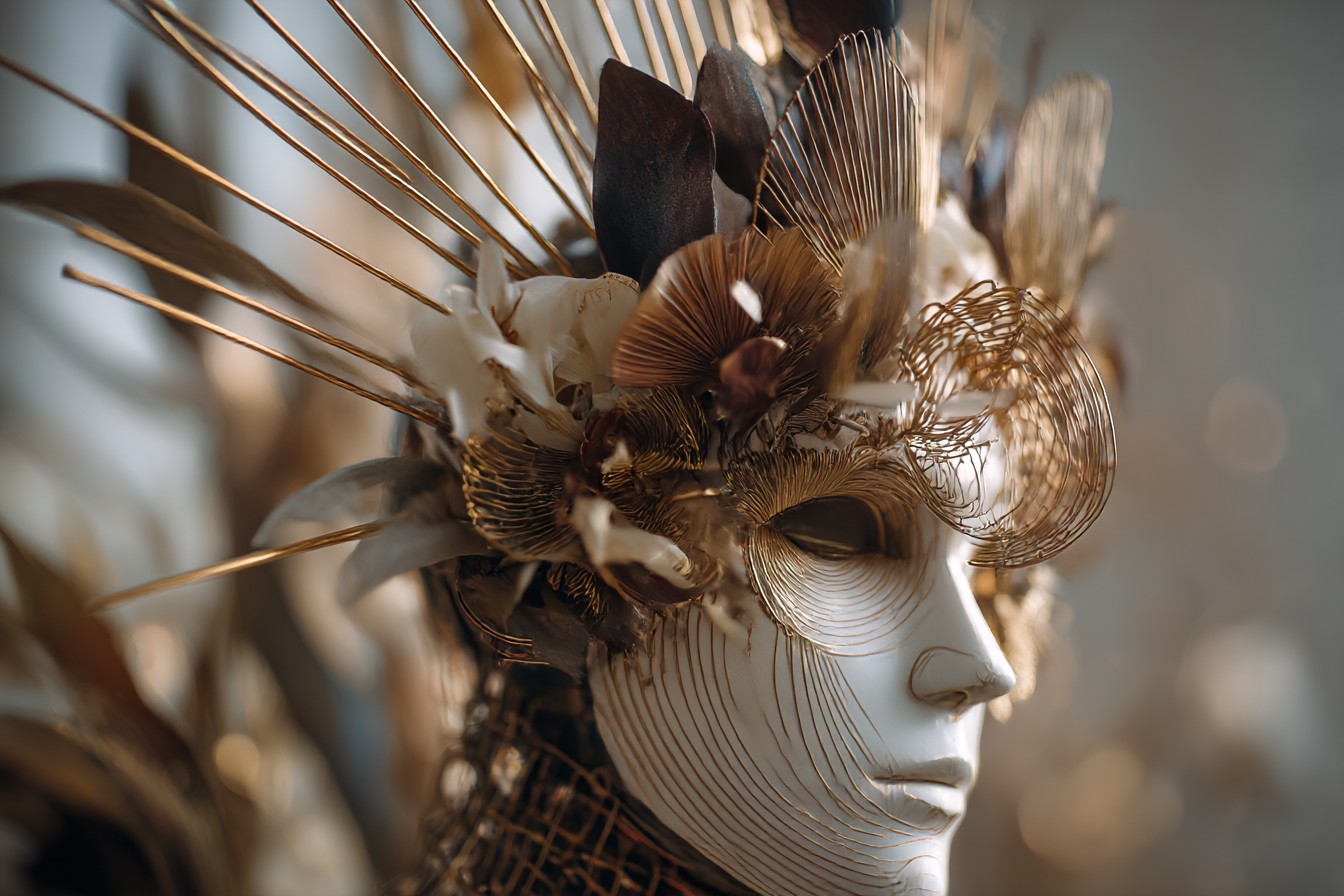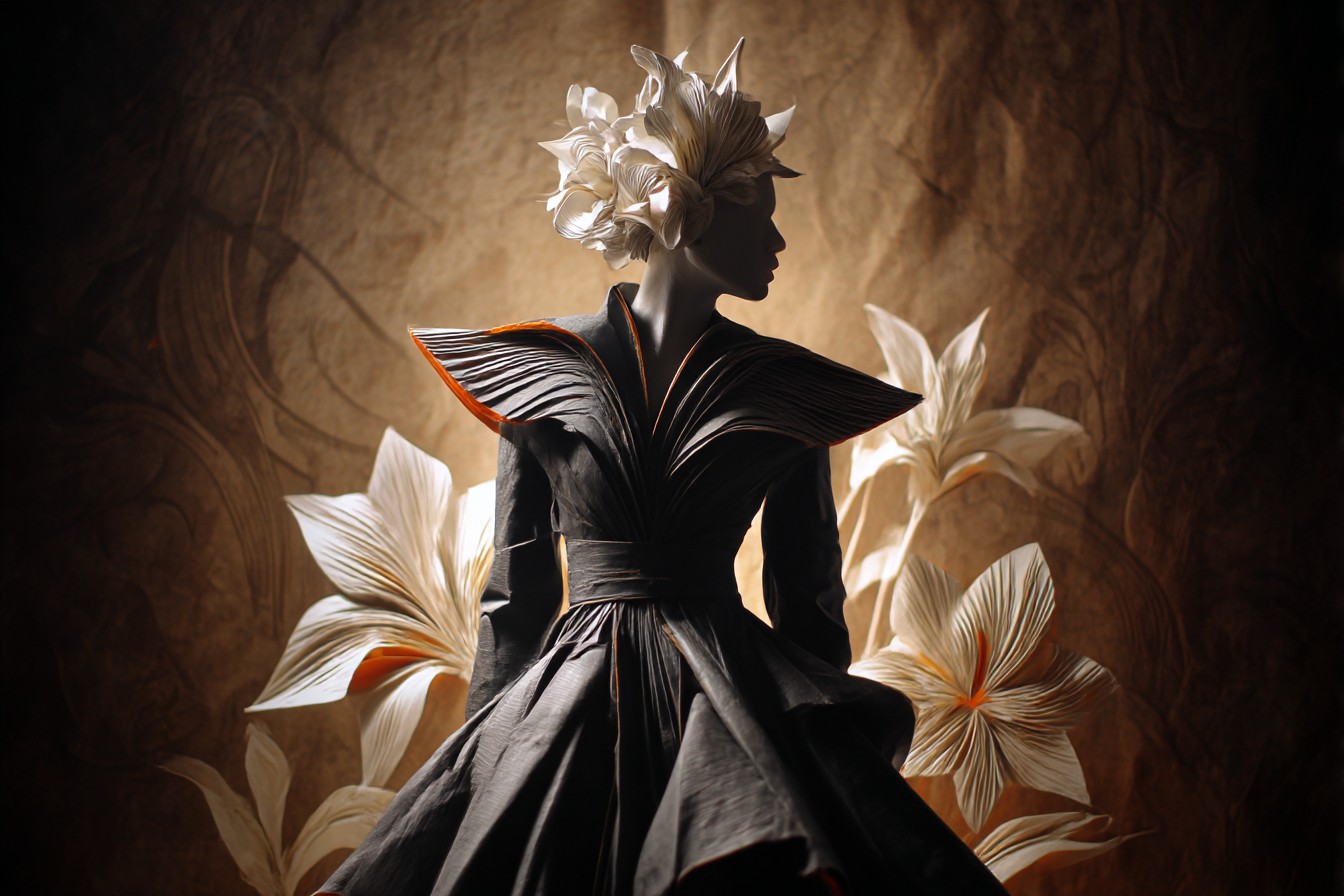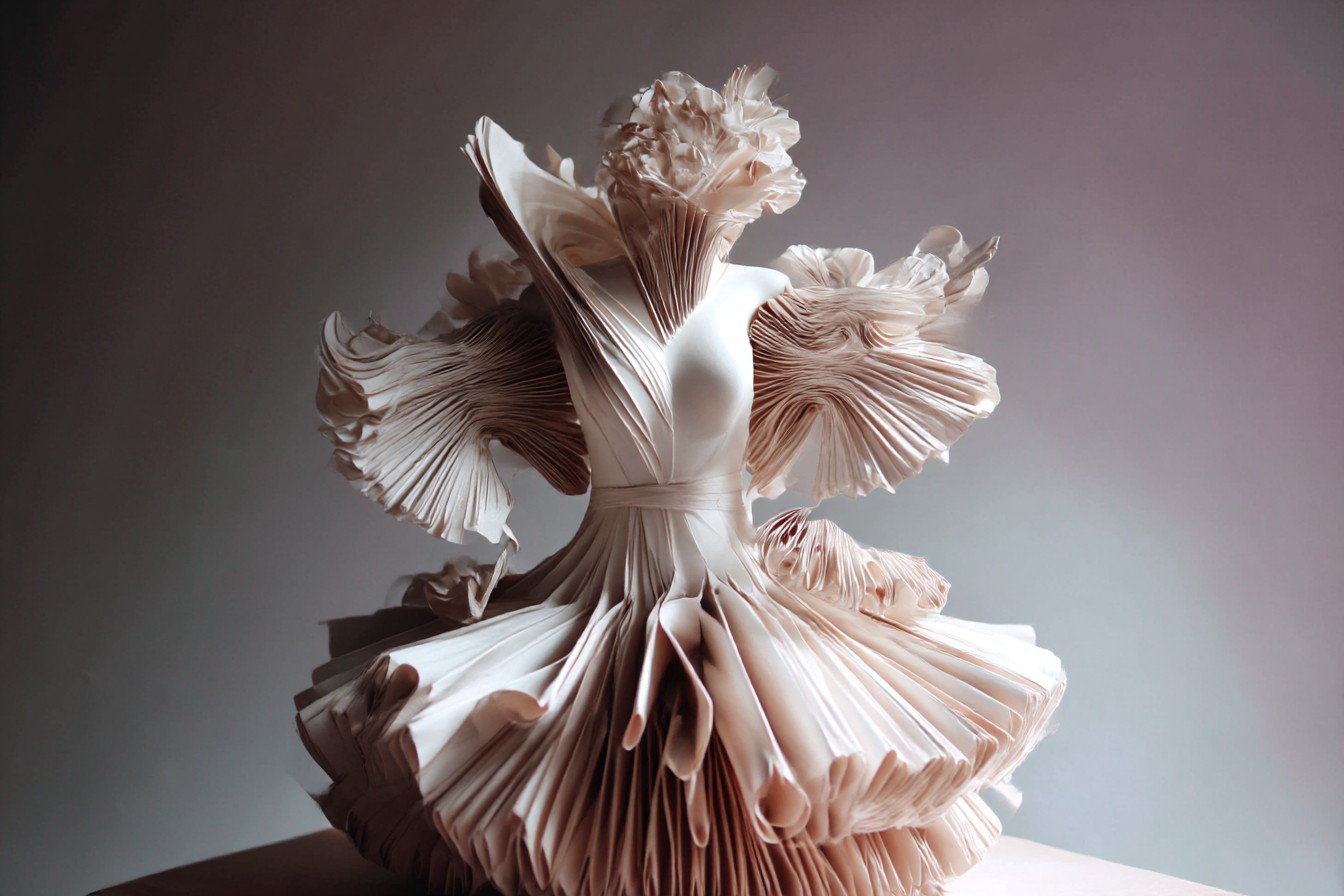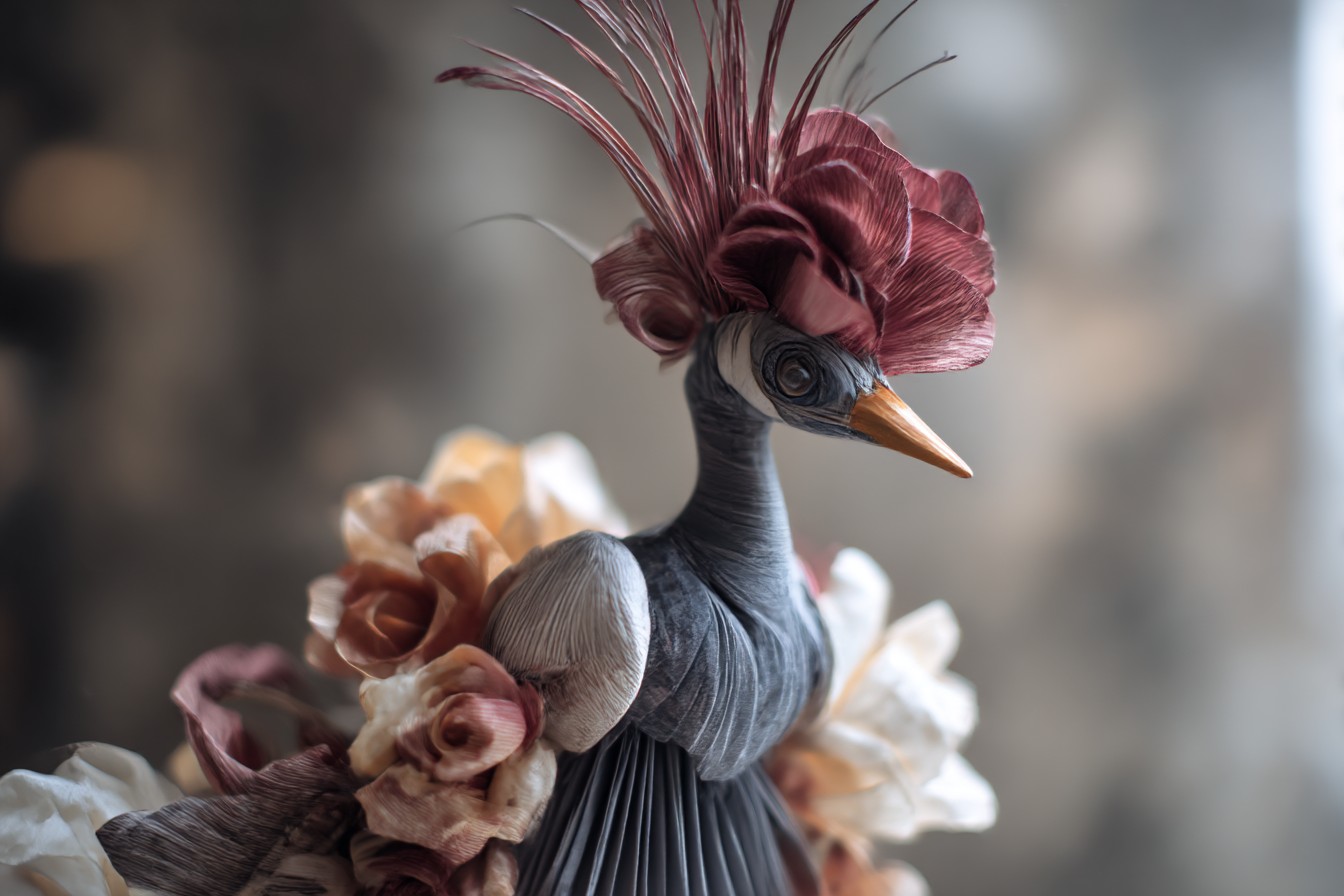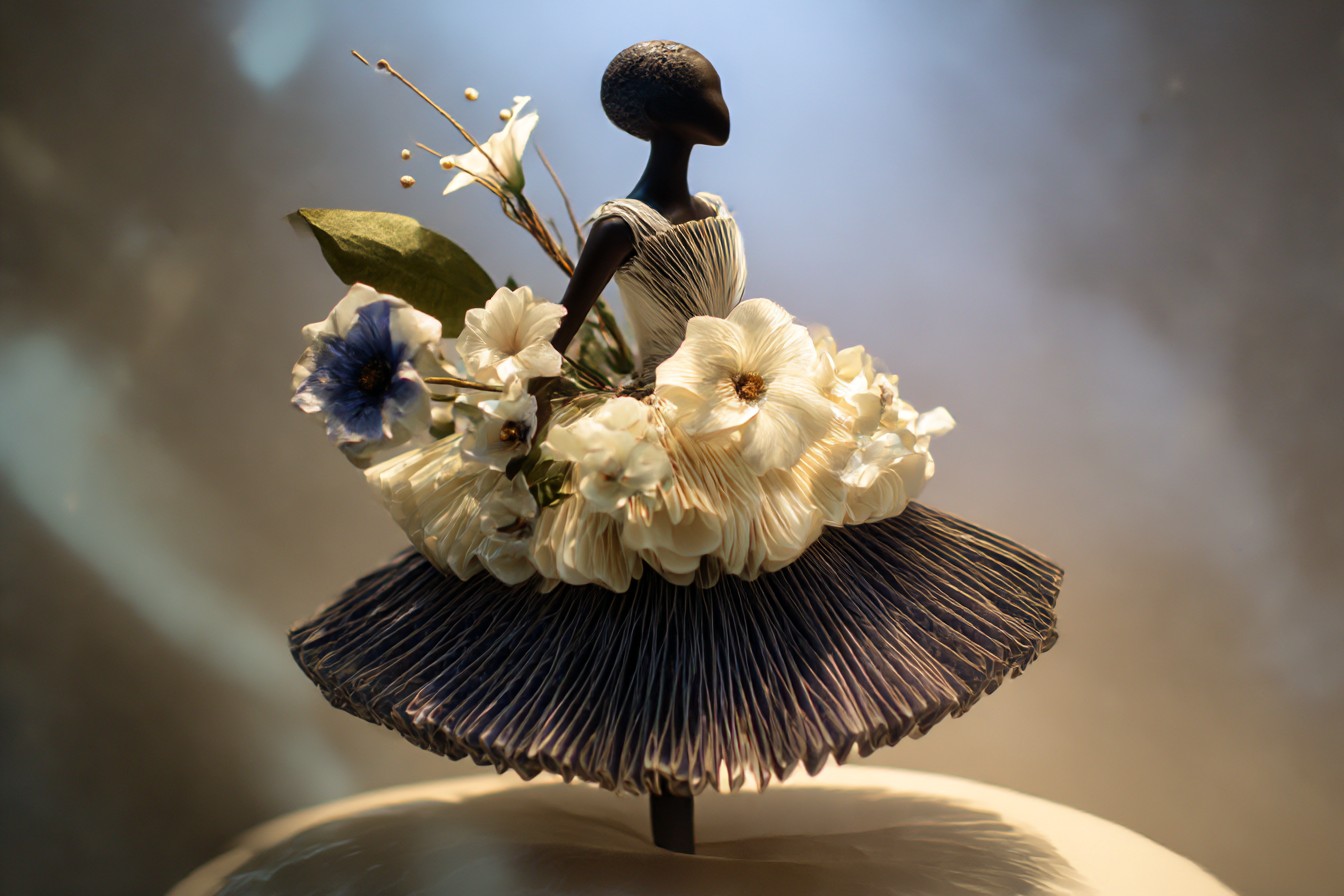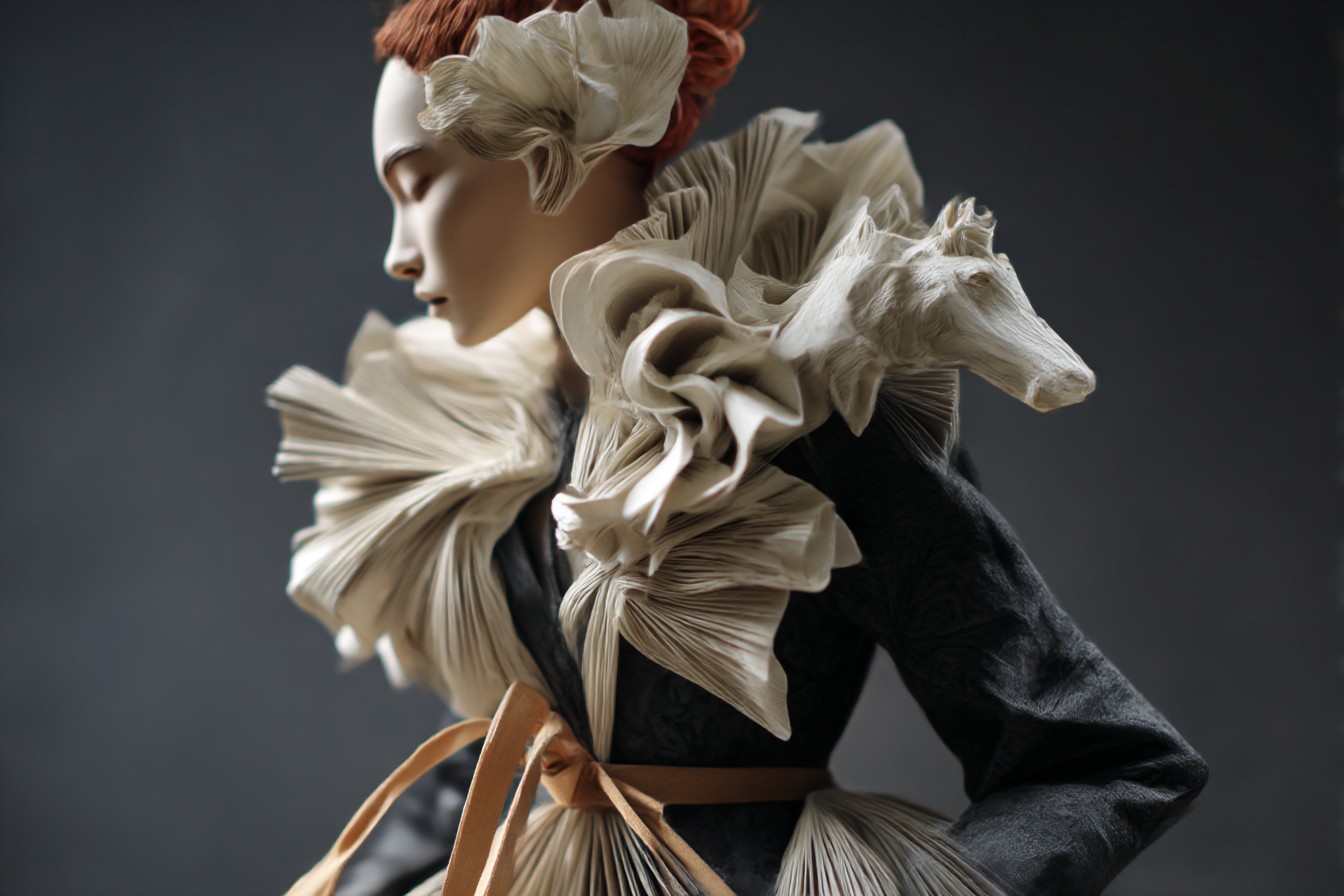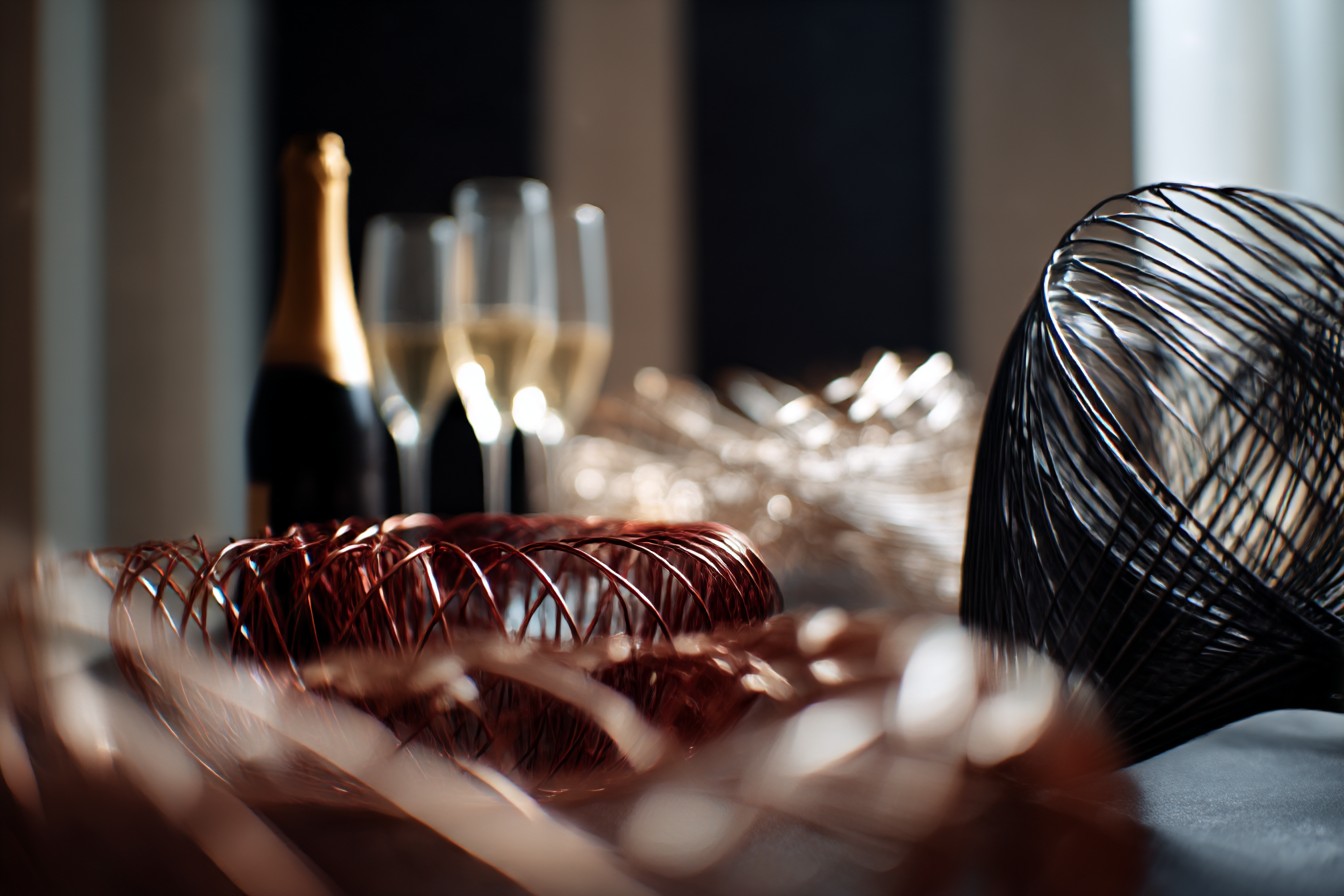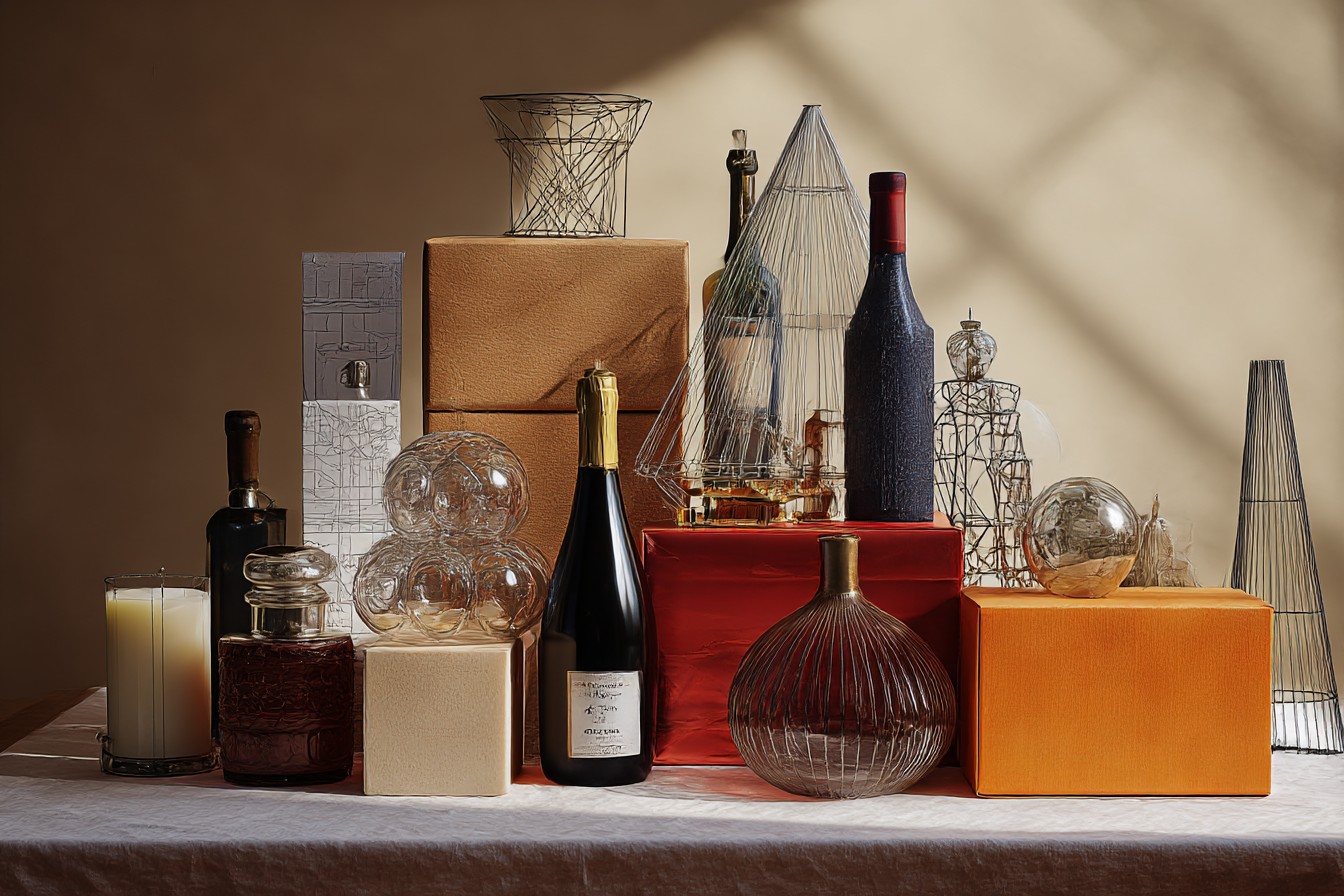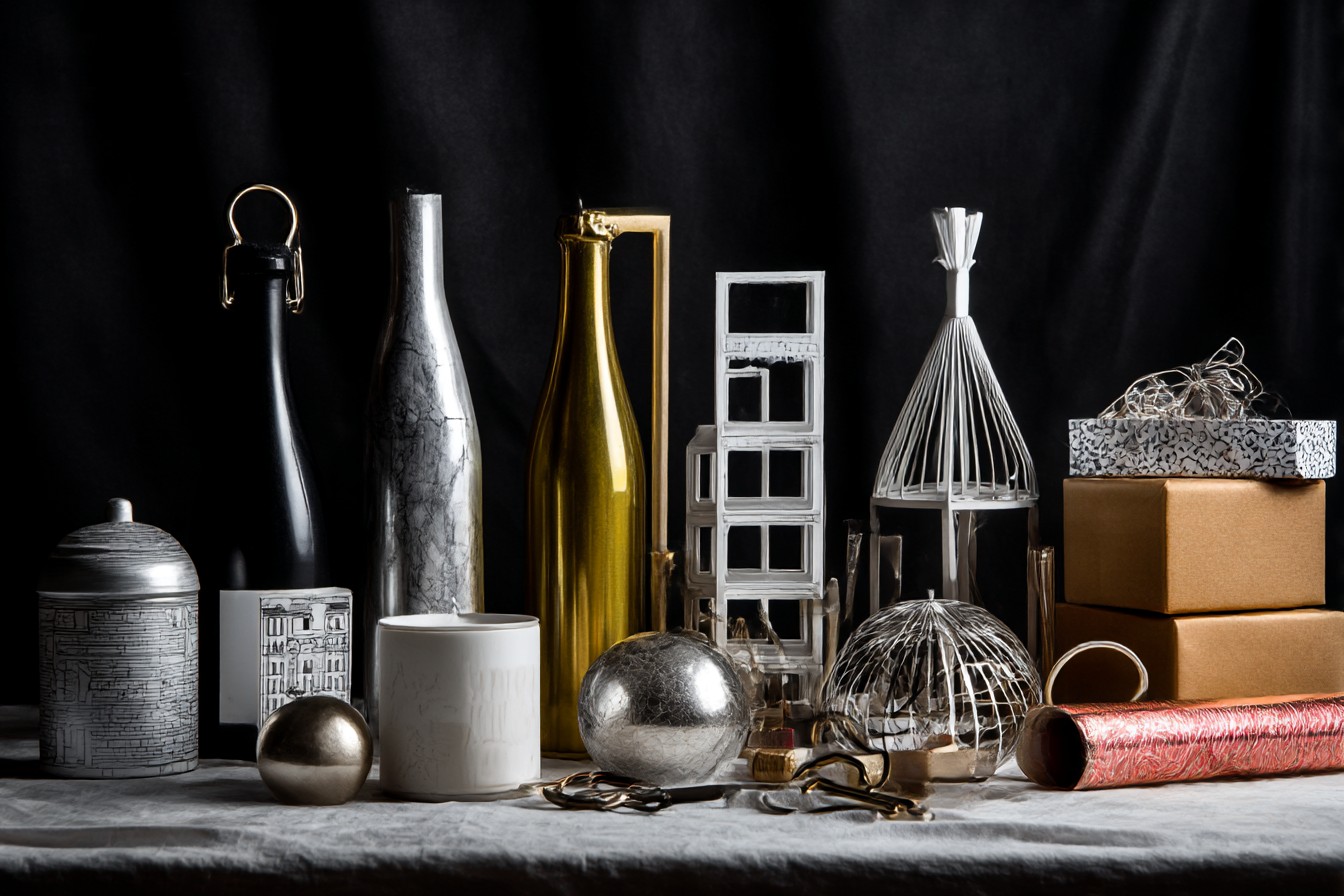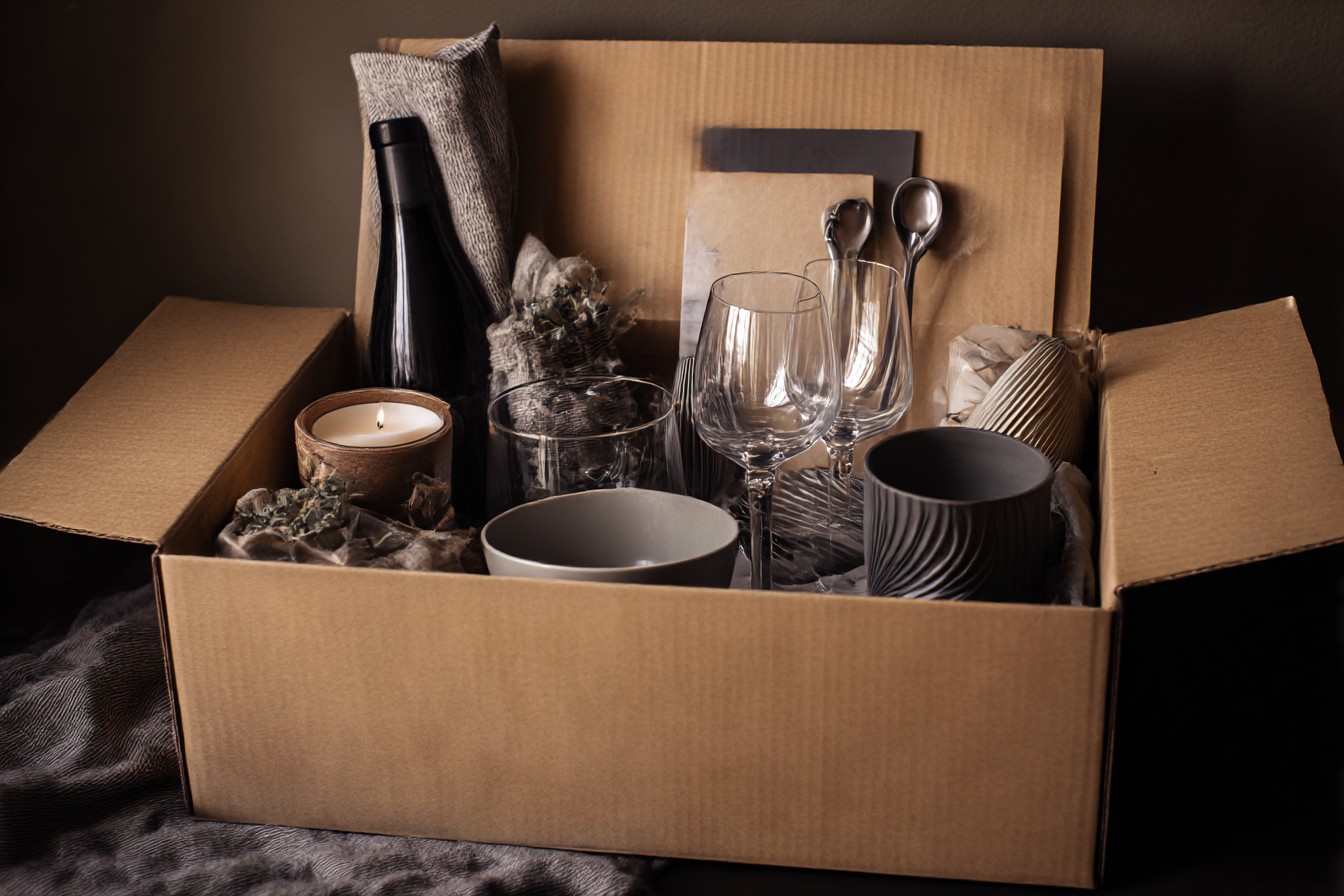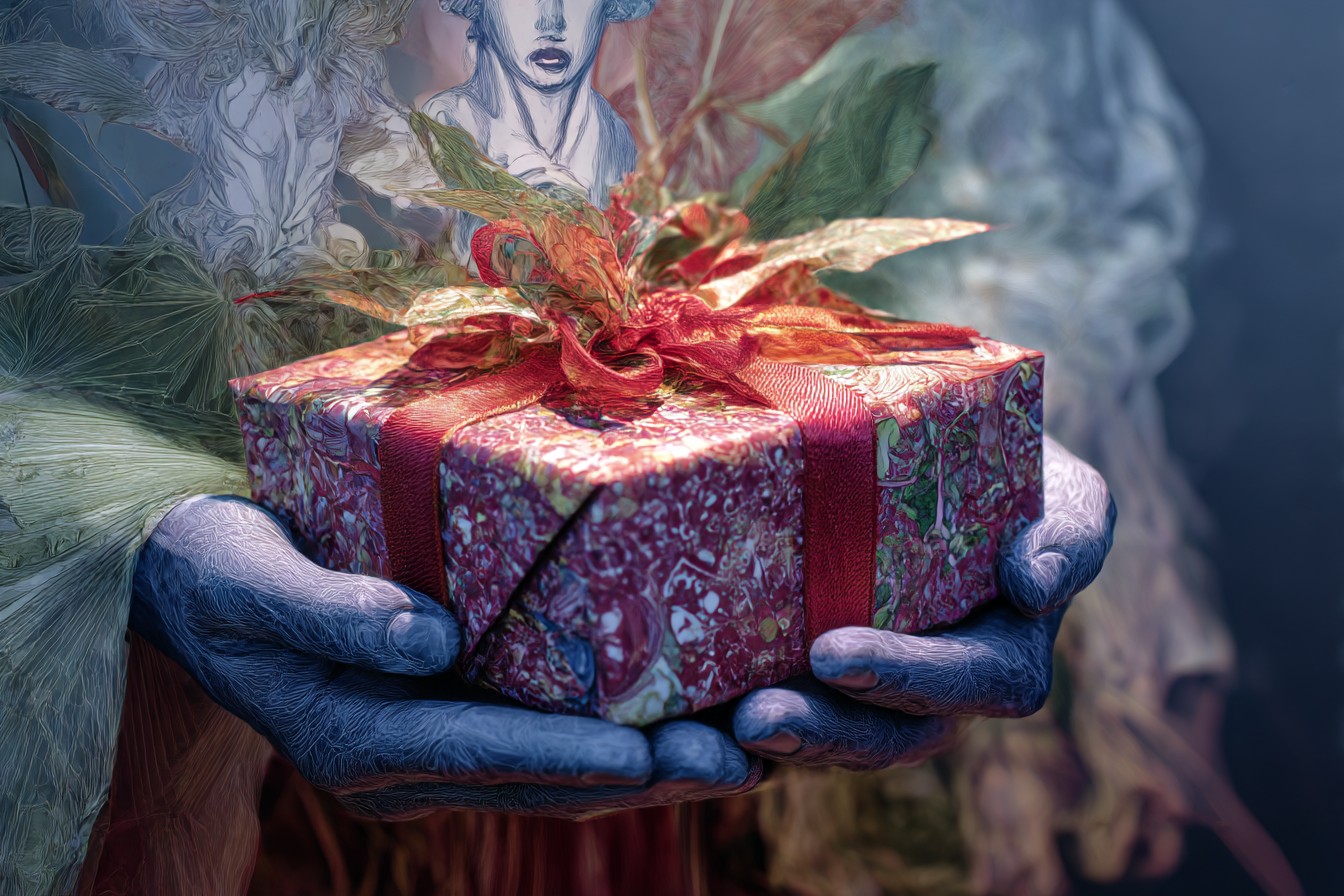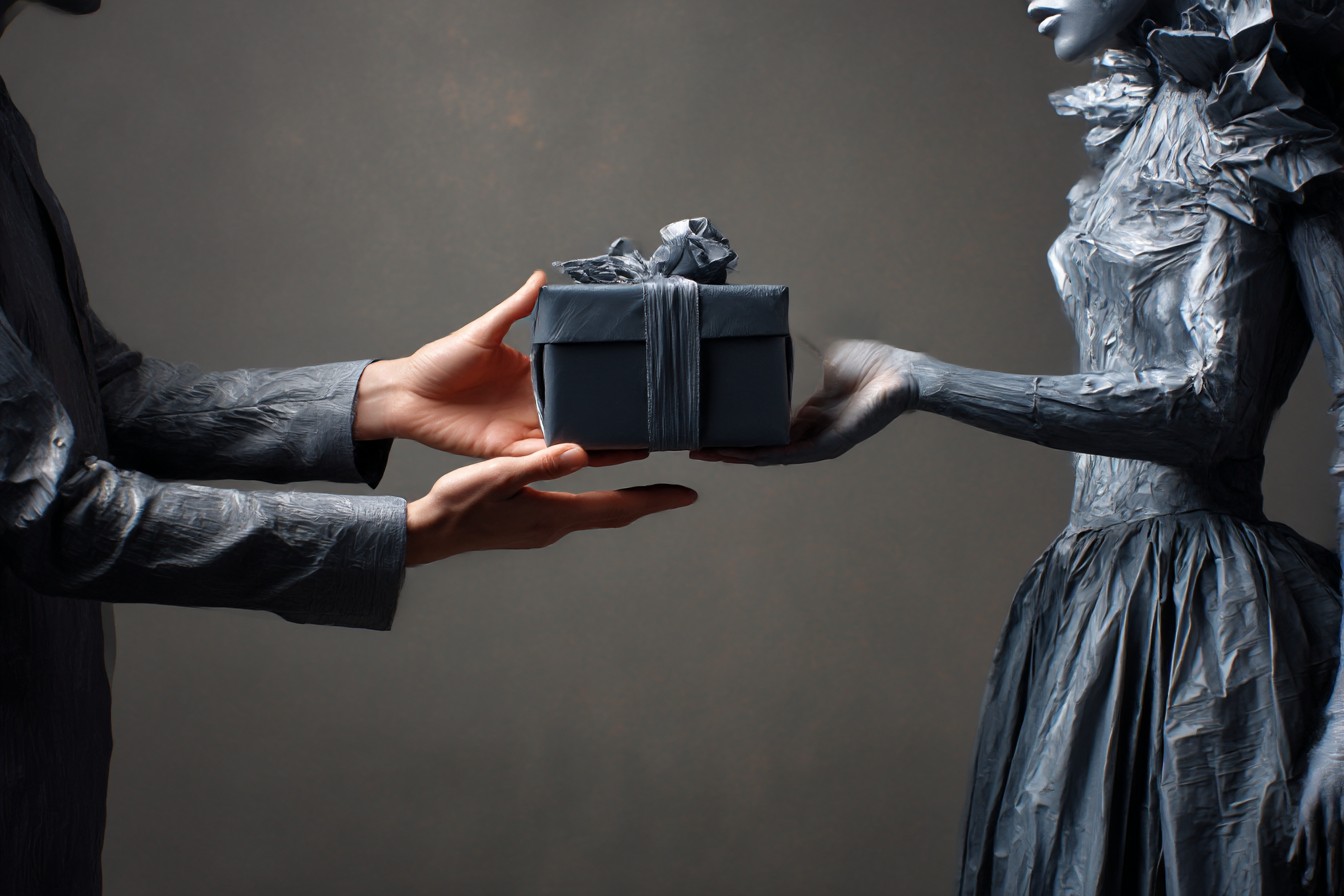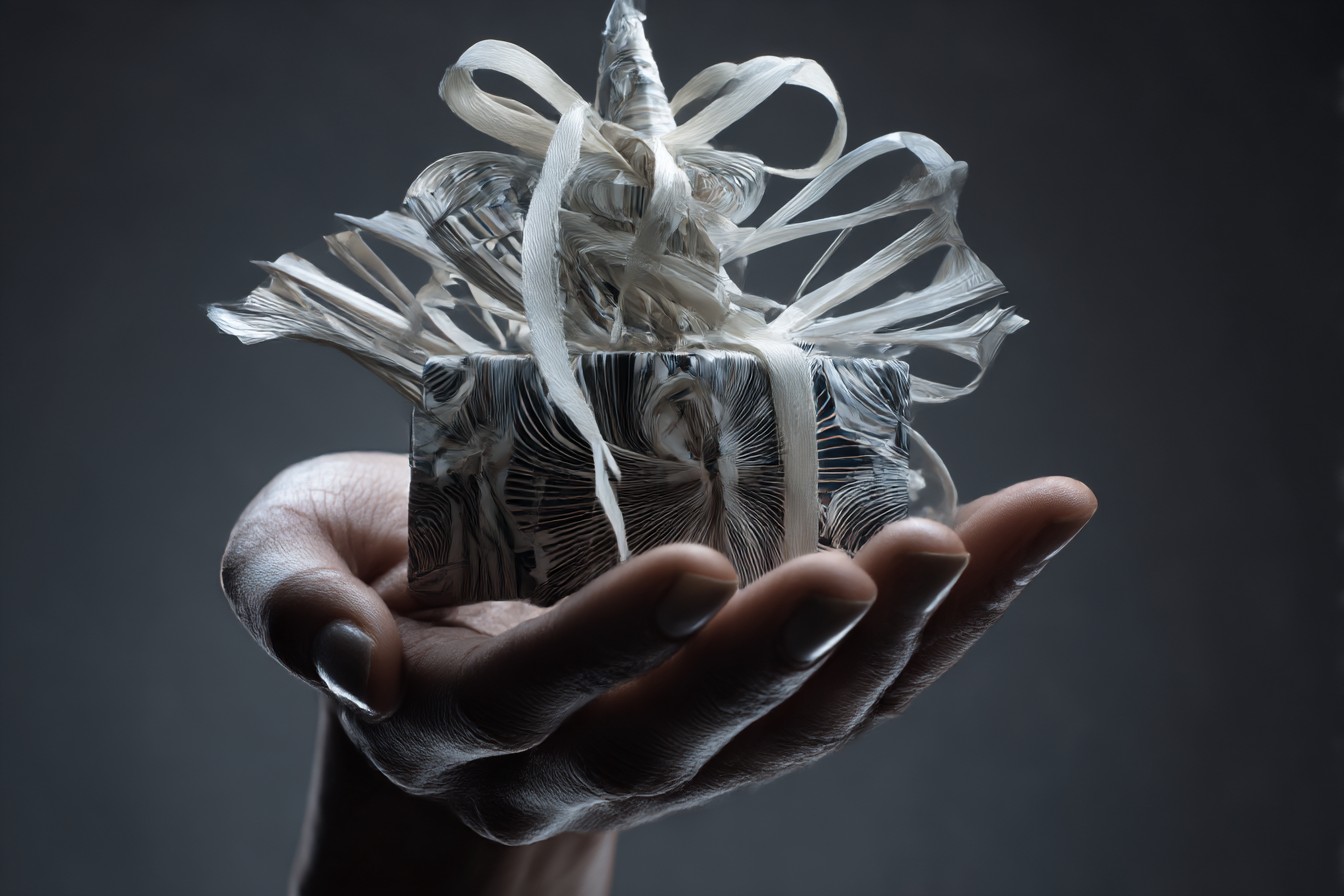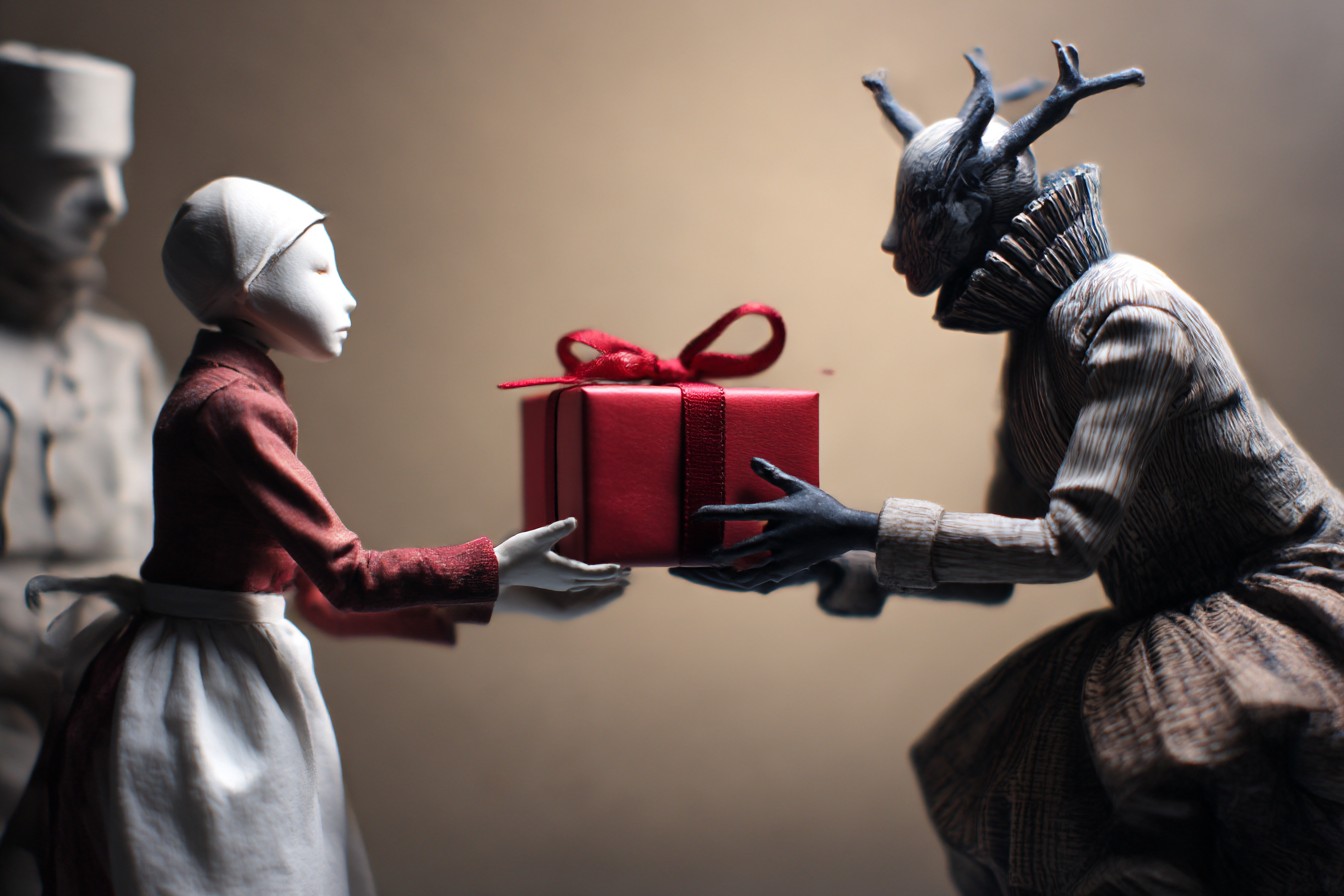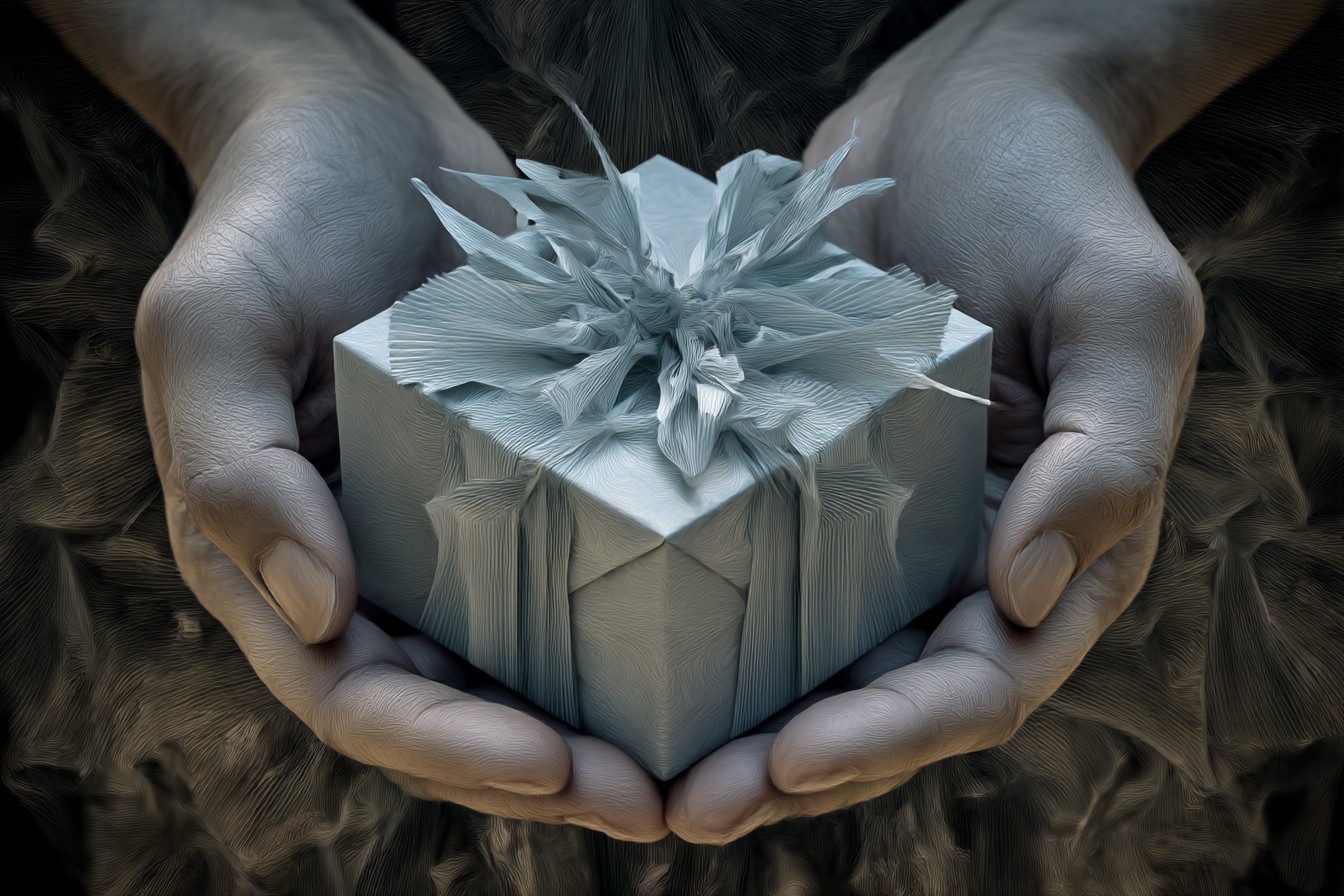It was Boxing Day 2017, and I was sitting in my parents’ living room surrounded by discarded wrapping paper, empty chocolate boxes, and that particular post-Christmas fatigue that comes from too much food, too much family, and too many different gifts to keep track of. My brother Max was showing my dad how to use the complicated smart speaker I’d bought him (which he’d almost certainly never use after we left), while my mum was carefully folding the tissue paper from her gifts to reuse next year (a family tradition that Charles Dickens himself would recognise as properly British).
I had that familiar hollow feeling I get when gift-giving hasn’t gone quite right. Not that anyone was ungrateful—my family is unfailingly polite about presents, even the rubbish ones. But I could tell that most of what I’d given would be quietly relegated to drawers or charity shops within months. Despite keeping detailed notes on everyone’s preferences all year round, despite spending more than I could reasonably afford, despite wrapping everything with my usual obsessive attention to detail… something was missing.
“What’s with the face?” Charlie asked, dropping onto the sofa beside me with a mince pie in one hand and a glass of my dad’s questionable homemade sloe gin in the other.
“Just thinking about the gifts,” I admitted quietly. “They felt a bit… scattered this year. Like I was just ticking boxes rather than really connecting.”
Charlie considered this while chewing. “You know what happens when you overthink presents? You end up with fifteen different gifts for fifteen different people that have nothing to do with each other—or with you. Maybe that’s the problem.”
I was about to get defensive (because who was he to critique my gift-giving when his contribution to Christmas had been to sign his name on cards I’d written?), but something about what he’d said hit home. He was right. I’d been so focused on finding the “perfect” gift for each individual that I’d lost any sense of personal connection to what I was giving. The presents were technically appropriate but felt strangely anonymous—they could have come from anyone who’d studied the recipients’ preferences carefully enough.
That night, unable to sleep in my childhood bedroom with its questionably supportive mattress, I had what I now refer to as my “gift epiphany.” What if, instead of approaching each gift as an isolated challenge, I created a unifying theme for my giving each year? A sort of personal curatorial approach that would not only make the gifts more meaningful but would also help me feel more genuinely connected to what I was giving?
The next morning over breakfast, I announced to a bleary-eyed Charlie that 2018 would be “The Year of Handmade” for all my gifts. Everything I gave, to everyone, for every occasion, would be handmade—either by me or by a skilled artisan I could actually name.
“That’s… ambitious,” he said carefully, clearly calculating how this might affect his own gift prospects. “But also kind of brilliant? It’s very you.”
And that was exactly the point. It would be very me. Not just carefully selected for the recipient, but carrying something of myself and my values as well.
That first year was, I’ll admit, a bit of a learning curve. It turns out that committing to handmade gifts for an entire year requires planning that would impress military strategists. By March, our flat looked like a slightly unhinged craft workshop had exploded in it. I learned to knit (badly), tried my hand at simple bookbinding (more successfully), and developed a respectable soap-making operation in our kitchen (much to Charlie’s concern about the caustic ingredients involved).
For gifts beyond my own limited crafting abilities, I sought out independent makers through local markets, Instagram, and specialist shops. I became a regular at pottery studios, independent bookbinders, and small-batch candle makers. I developed relationships with artisans who took genuine pride in their work and could tell me the story behind each piece.
The results were transformative. That Christmas, gathering in the same living room with the same family, the energy was completely different. As people unwrapped their gifts, they didn’t just see an object—they saw the thought, time, and craftsmanship that had gone into it. My father actually teared up over the hand-bound notebook filled with family recipes I’d collected from relatives, something I’d never witnessed before during gift exchanges. My notoriously difficult-to-impress sister adored the ceramic serving platter made by a potter whose studio I’d visited three times to get the glaze colour exactly right.
“These feel like gifts from you this year,” my mum said thoughtfully, running her fingers over the hand-knitted (slightly wonky) scarf I’d spent weeks creating. “Not just things you bought, but pieces of yourself.”
That’s when I knew I was onto something important. The annual theme hadn’t just made my gifts more meaningful to the recipients; it had made giving more meaningful to me. I wasn’t just shopping—I was expressing something about my own values while still honoring the individual preferences of my loved ones.
Since that first “Year of Handmade,” I’ve created a new giving theme each January, using it to guide my gift choices for the entire year ahead. Some themes have been more successful than others (my husband would like everyone to forget “The Year of Foraging,” during which I nearly poisoned several family members with inadequately researched wild mushrooms). But each has taught me something valuable about both giving and receiving.
The year 2019 became “The Year of Experience,” where every gift involved doing rather than having. This ranged from elaborate experiences like the woodworking workshop I arranged for my dad, to simpler ones like the bread-making lesson I gave my notoriously kitchen-phobic brother. The theme forced me to think more deeply about what experiences might transform or enhance someone’s life, rather than just what objects they might want to own.
One of the unexpected benefits was how these experience gifts rippled outward, creating memories and skills that lasted far beyond the gift itself. My friend Priya still makes sourdough bread every weekend using the techniques she learned in the class I gave her, while my colleague Sarah met her now-husband during the pottery course that was her birthday present that year. (I take full credit for this relationship, much to their amusement.)
In 2020, when the pandemic hit, I had to hastily pivot from that year’s planned theme of “The Year of Travel” (spectacular timing on my part) to what became “The Year of Heritage.” This theme focused on gifts that connected people to their family history, cultural background, or personal journey.
This involved everything from commissioning a small-scale genealogy research project for Charlie’s parents (who discovered an unexpected family connection to a minor Victorian novelist) to tracking down seeds from the specific region in India where my friend Anaya’s grandparents had grown up, so she could plant them in her London garden. For my own mother, I created a soundscape of her Yorkshire hometown using recordings contributed by relatives who still lived there—the church bells, the particular call of birds in the local park, even the sound of the stream where she’d played as a child.
These heritage gifts struck an especially powerful chord during a time when many people were physically separated from family and feeling disconnected from their roots. They served as tangible reminders of belonging and identity when those things felt particularly precious.
In 2021, still navigating pandemic restrictions, I opted for “The Year of Letters”—gifts that incorporated written words in some form. This manifested as everything from commissioned poems to beautifully printed custom crossword puzzles to a series of letters from different friends and family members that I collected and bound for my dad’s 70th birthday. In a year when digital communication had become our primary connection with others, there was something powerfully intimate about handwritten words or carefully chosen text.
Last year was “The Year of Transformation”—gifts that would change or evolve over time. This included seeds and plants that would grow, art installations that would develop as they were interacted with, and projects designed to be completed or altered by the recipient. My favourite was the blank hand-thrown ceramic mug I gave each member of my immediate family along with special glazes and instructions for decorating them, culminating in a group “firing day” at the potter’s studio where we all glazed our creations together.
This year I’ve chosen “The Year of Local”—every gift must be created or sourced within 10 miles of where I’m giving it. It’s pushing me to discover makers, products, and experiences in my immediate community that I might otherwise have overlooked, while also reducing the environmental impact of my giving. I’m only a few months in, but I’ve already found an incredible bookbinder working out of a converted garden shed two streets over, a woman making small-batch skincare from herbs grown on her allotment, and a retired silversmith teaching small workshops in his home studio.
What I’ve learned through these themed giving years is that the constraint of a unifying concept actually enhances creativity rather than limiting it. When faced with infinite gift possibilities, it’s easy to default to obvious or safe choices. But when working within a thematic framework, I’m forced to think more laterally and often discover options I’d never have considered otherwise.
The structure of the annual theme allows for both consistency and variety. While all gifts share the conceptual connection of the theme, they can still be individually tailored to each recipient’s preferences and needs. My brother’s handmade gift (an artisan-crafted leather wallet) looks nothing like my grandmother’s handmade gift (a quilt incorporating fabric from old family clothes), yet they share the essential quality of skilled craftsmanship and personal significance.
There’s also something wonderfully clarifying about having a guiding principle for gift selection. When faced with the overwhelming options of modern consumer culture, the theme acts as a filter, immediately eliminating vast swathes of potential gifts and allowing me to focus my attention more meaningfully on what remains. Instead of drowning in possibilities, I’m channeled toward specific categories of giving that align with my values for that year.
The practical implementation of a giving theme does require some forethought. I typically spend the first month of each year reflecting on what concept feels most meaningful to me at that moment in my life. What values do I want my gifts to embody this year? What sorts of connections do I want to create? What skills or communities do I want to engage with through my giving?
Once I’ve settled on the theme, I create a simple framework for applying it to different categories of recipients and occasions. This usually involves brainstorming how the theme might manifest for close family versus friends versus colleagues, or how it could be adapted for birthdays versus holidays versus thank-you gifts. This preparation makes the actual gift selection process throughout the year much more focused and intentional.
I also maintain a running list of potential resources related to that year’s theme—artisans, workshops, suppliers, experiences, or services that might become the foundation for specific gifts. This might sound like yet another layer of my admittedly excessive gift organization system, but it actually simplifies the process enormously by creating a curated selection of options to consider before each gifting occasion.
Perhaps the most unexpected benefit of the annual theme approach has been how it’s influenced my identity as a giver. Each theme year becomes a sort of personal growth project, as I learn new skills, connect with different communities of makers, or research historical and cultural traditions related to that year’s concept. The “Year of Handmade” taught me basic crafting skills I’d never attempted before. The “Year of Heritage” deepened my understanding of family history research techniques. The “Year of Local” is currently teaching me to see my neighborhood through entirely new eyes.
These themes have also created a sort of gift biography—a record of my preoccupations, values, and personal evolution over time. Looking back, I can see how “The Year of Experience” coincided with my own desire to live more fully in the moment, while “The Year of Heritage” reflected my growing interest in family stories and cultural roots as I entered my thirties. The gifts become not just expressions of the recipients’ preferences but markers of my own journey.
Of course, there are challenges to this approach. Some themes are harder to apply to certain recipients than others. During “The Year of Letters,” I struggled to find appropriate text-based gifts for my sport-obsessed teenage nephew who considers reading a form of torture. (I eventually commissioned a graphic novel about his favourite footballer, which was a surprising hit.) And there’s always the risk that your passion for the theme might not translate to equal enthusiasm from the recipients.
There’s also the practical reality that themed giving often requires more advance planning than conventional shopping. I’ve had to become more organized, starting my gift preparation months earlier than I used to. Last-minute gift emergencies—which used to be resolved with a panicked dash to John Lewis—now require more creative solutions within the parameters of that year’s theme.
But these challenges are far outweighed by the richness the themed approach has brought to my giving. It’s transformed the act of selecting gifts from a series of isolated transactions into a coherent expression of values and intentions. It’s connected me more deeply to the objects and experiences I give, making me a more mindful and present giver. And it’s created a distinctive gift signature that recipients have come to recognize and (mostly) appreciate.
“Oh, this is definitely one of Emma’s ‘Year of Whatever’ presents,” is now a common reaction when family members receive my gifts. They may roll their eyes a bit at my systematized approach to what should be spontaneous generosity, but they also seem to value how these themed gifts reflect thought and intention beyond the ordinary.
As this year unfolds with its “local” focus, I’m already contemplating what next year’s theme might be. Perhaps “The Year of Repair”—gifts that mend, restore, or reimagine broken or forgotten things. Or maybe “The Year of Stories”—presents that carry or create narratives in some form. The possibilities are endless, which is precisely the point. By creating a different thematic lens each year, the act of giving remains fresh and meaningful, both for me and for those on the receiving end.
What began as a response to that hollow Boxing Day feeling has evolved into a practice that brings intention and consistency to my giving while still honoring the unique preferences of each recipient. The annual theme doesn’t override individual consideration—it enhances it by adding a layer of personal meaning and connection to each carefully chosen gift.
In a culture that often treats gift-giving as either an obligation to be dispatched as efficiently as possible or a competition to find the most impressive item, the themed approach offers a middle path—one that honors both the giver and receiver through thoughtful constraint and creative possibility.
And yes, Charlie still occasionally teases me about the mushroom foraging incidents. Some gifts, it seems, remain memorable for all the wrong reasons. But that’s all part of the journey, isn’t it?
